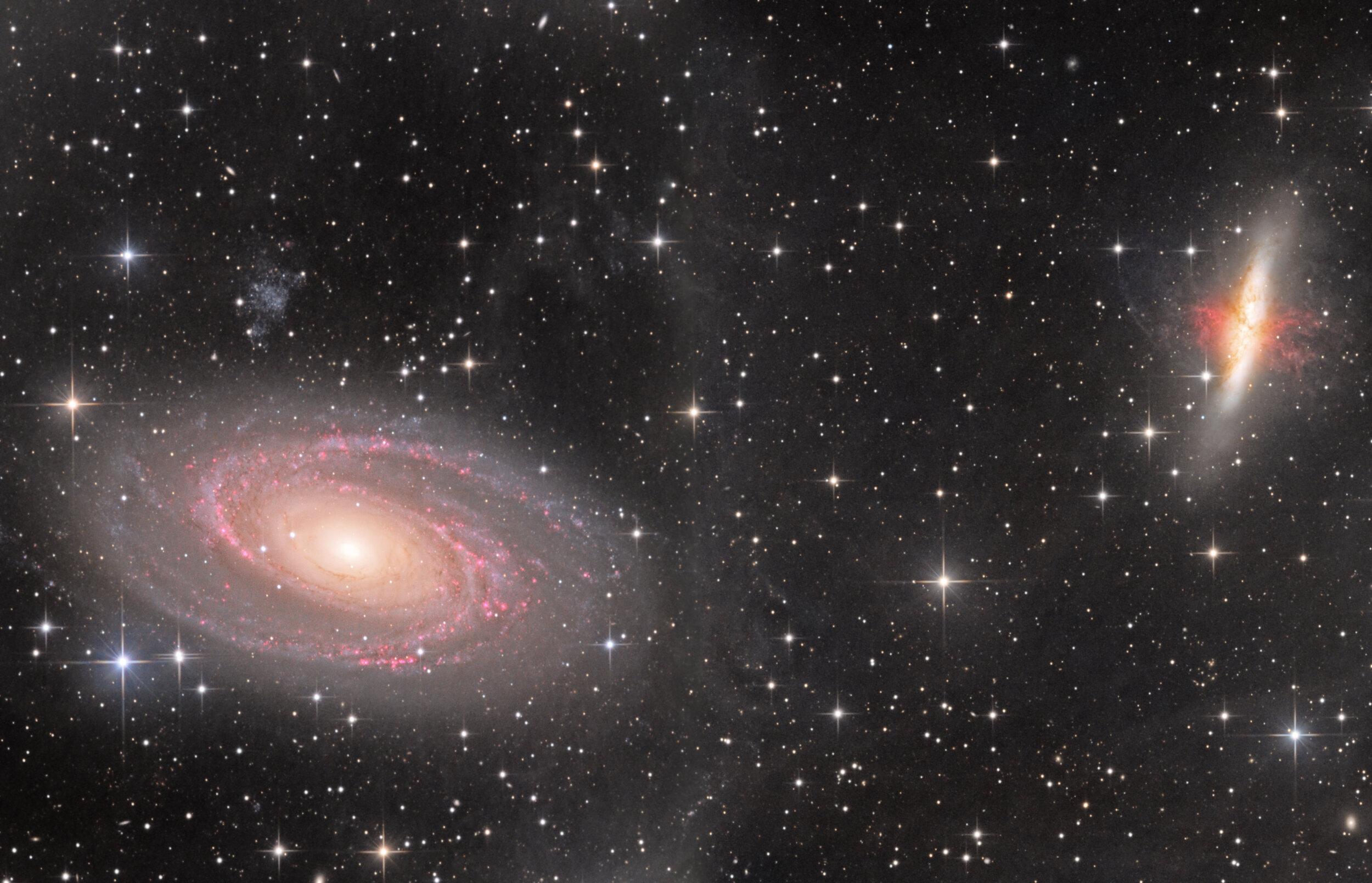
Messier 81 (also known as NGC 3031 or Bode's Galaxy) is a grand design spiral galaxy, and Messier 82 (also known as NGC 3034, Cigar Galaxy) is a starburst galaxy. Both are approximately 12 million light-years away in the constellation Ursa Major
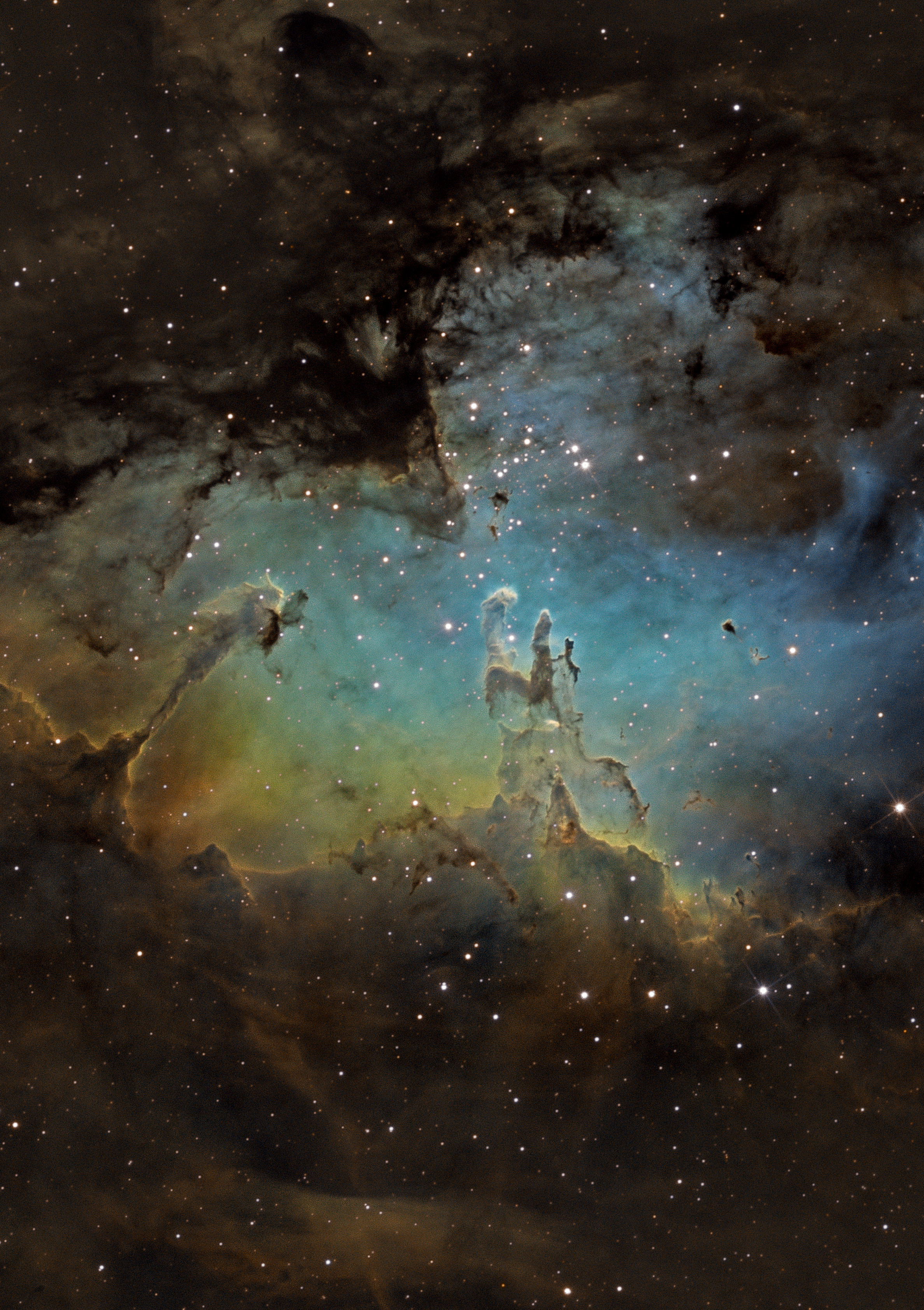
The Eagle Nebula (catalogued as Messier 16 or M16, and as NGC 6611, and also known as the Star Queen Nebula and The Spire) is a young open cluster of stars in the constellation Serpens, discovered by Jean-Philippe de Chéseaux in 1745–46. Both the "Eagle" and the "Star Queen" refer to visual impressions of the dark silhouette near the center of the nebula, an area made famous as the "Pillars of Creation" imaged by the Hubble Space Telescope. (wiki)
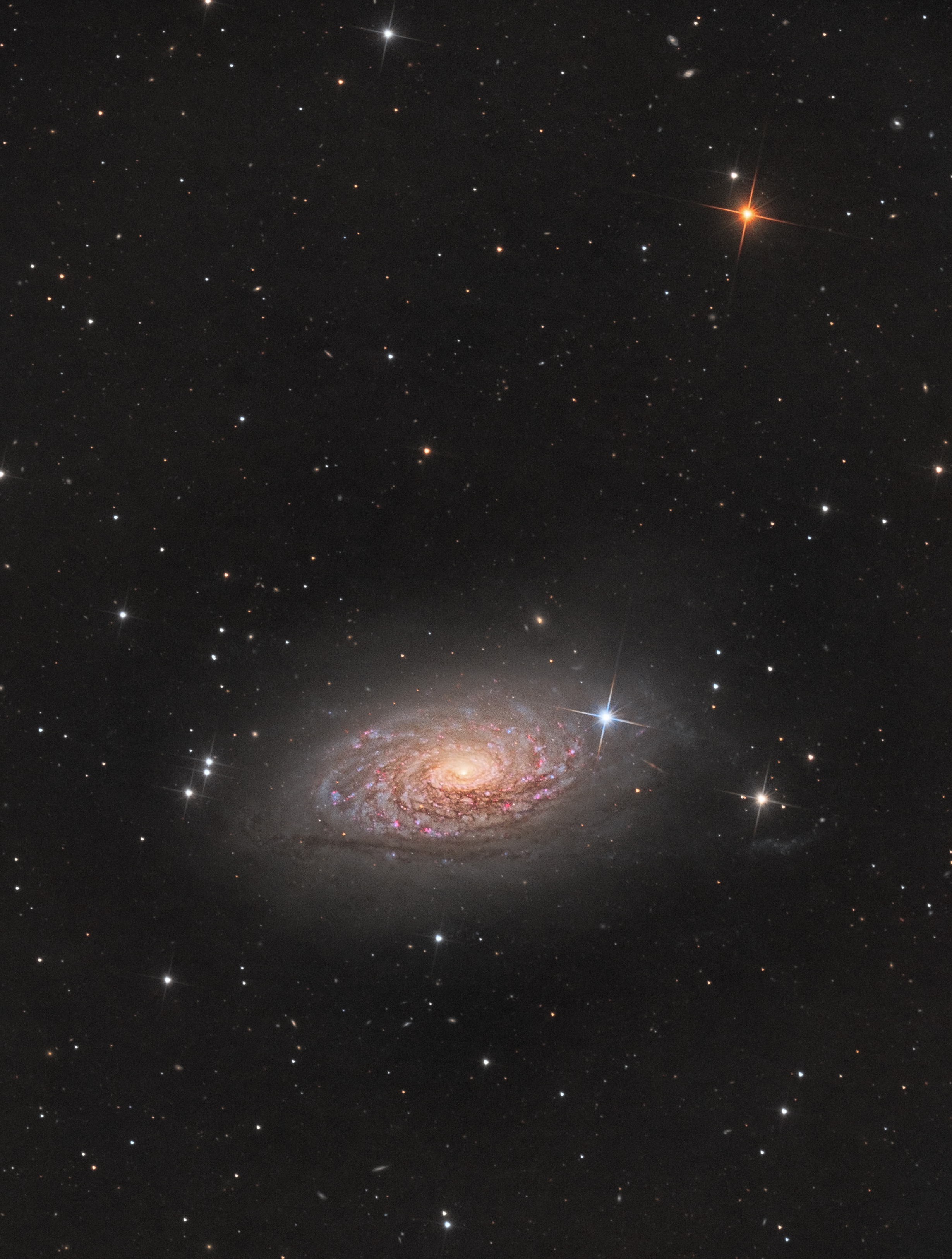
Messier 63 or M63, also known as NGC 5055 or the seldom-used Sunflower Galaxy, is a spiral galaxy in the northern constellation of Canes Venatici. M63 was first discovered by the French astronomer Pierre Méchain then later verified by his colleague Charles Messier on June 14, 1779 . (wiki)

The Pinwheel Galaxy (also known as Messier 101, M101 or NGC 5457) is a face-on spiral galaxy distanced 21 million light-years (six megaparsecs) away from Earth in the constellation Ursa Major. (wiki)
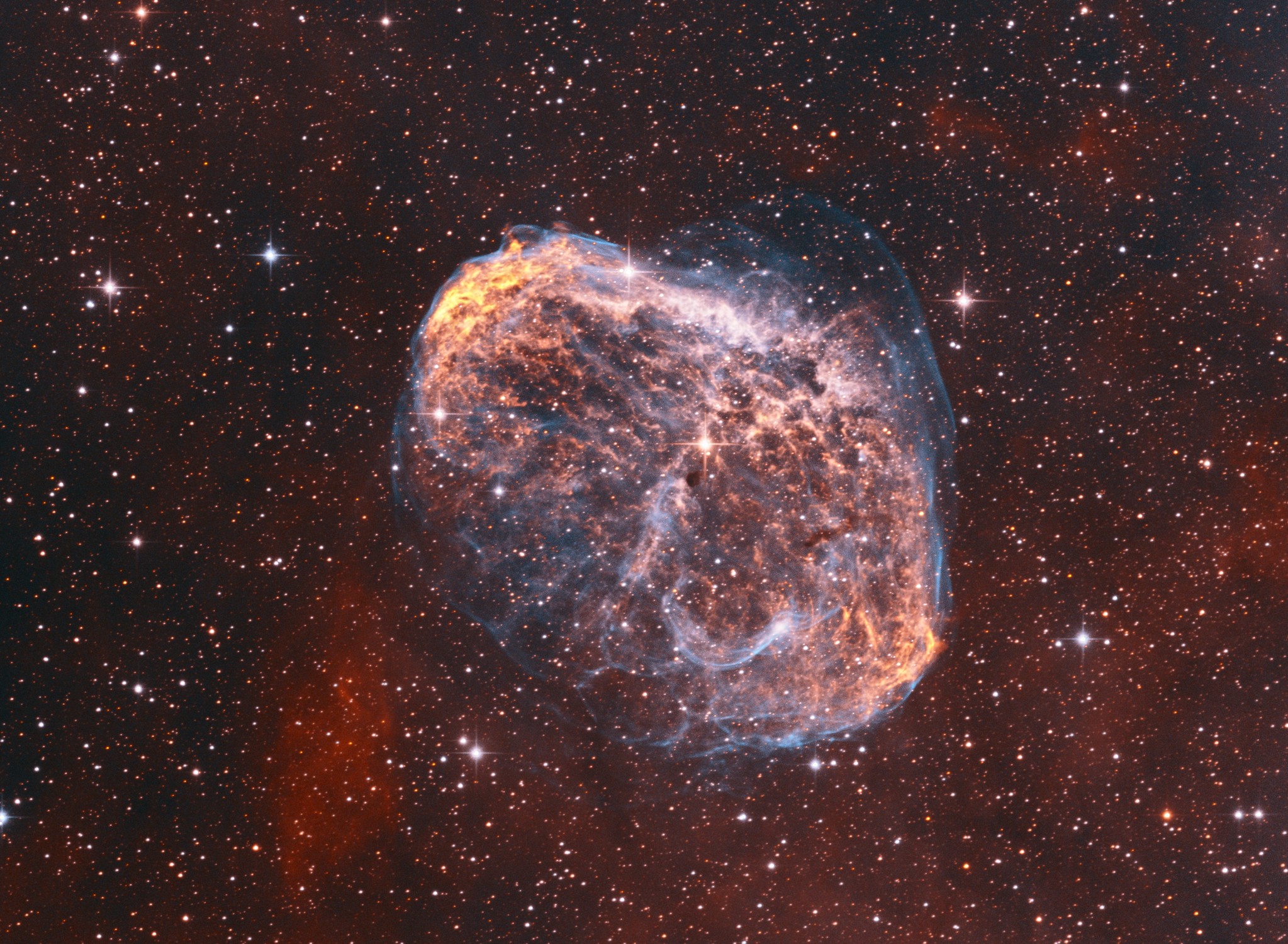
The Crescent Nebula (also known as NGC 6888, Caldwell 27, Sharpless 105) is an emission nebula in the constellation Cygnus, about 5000 light-years away from Earth. It was discovered by William Herschel in 1792.
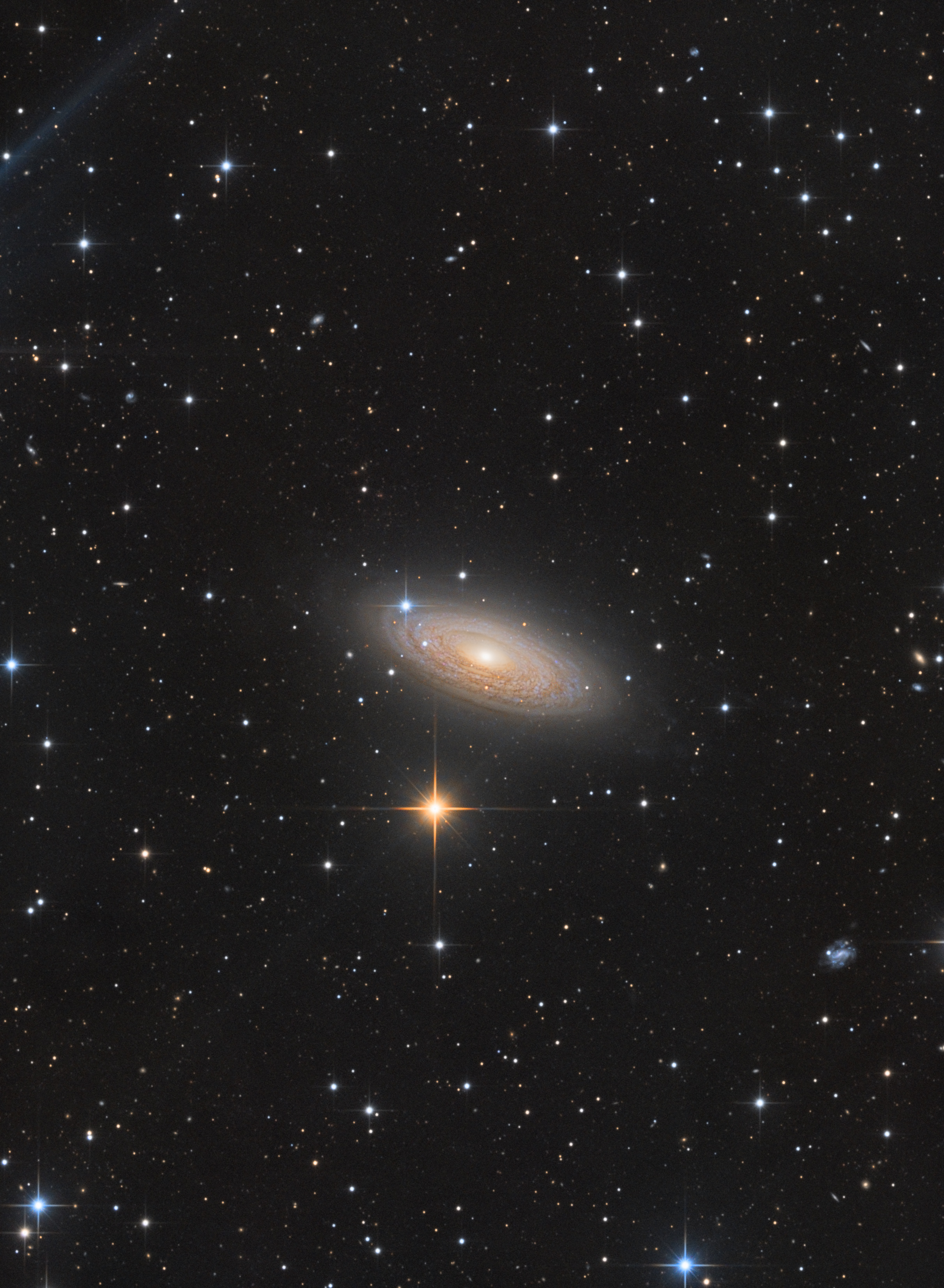
NGC 2841 is an inclined unbarred spiral galaxy exhibiting a prominent inner ring structure in the constellation Ursa Major, it was discovered on 9 March 1788 by William Herschel. Initially thought to be about 30 million light years distant, a 2001 Hubble Space Telescope survey of the galaxy's Cepheid variables determined that it was approximately 14.1 megaparsecs or 46 million light years distant. (wiki)
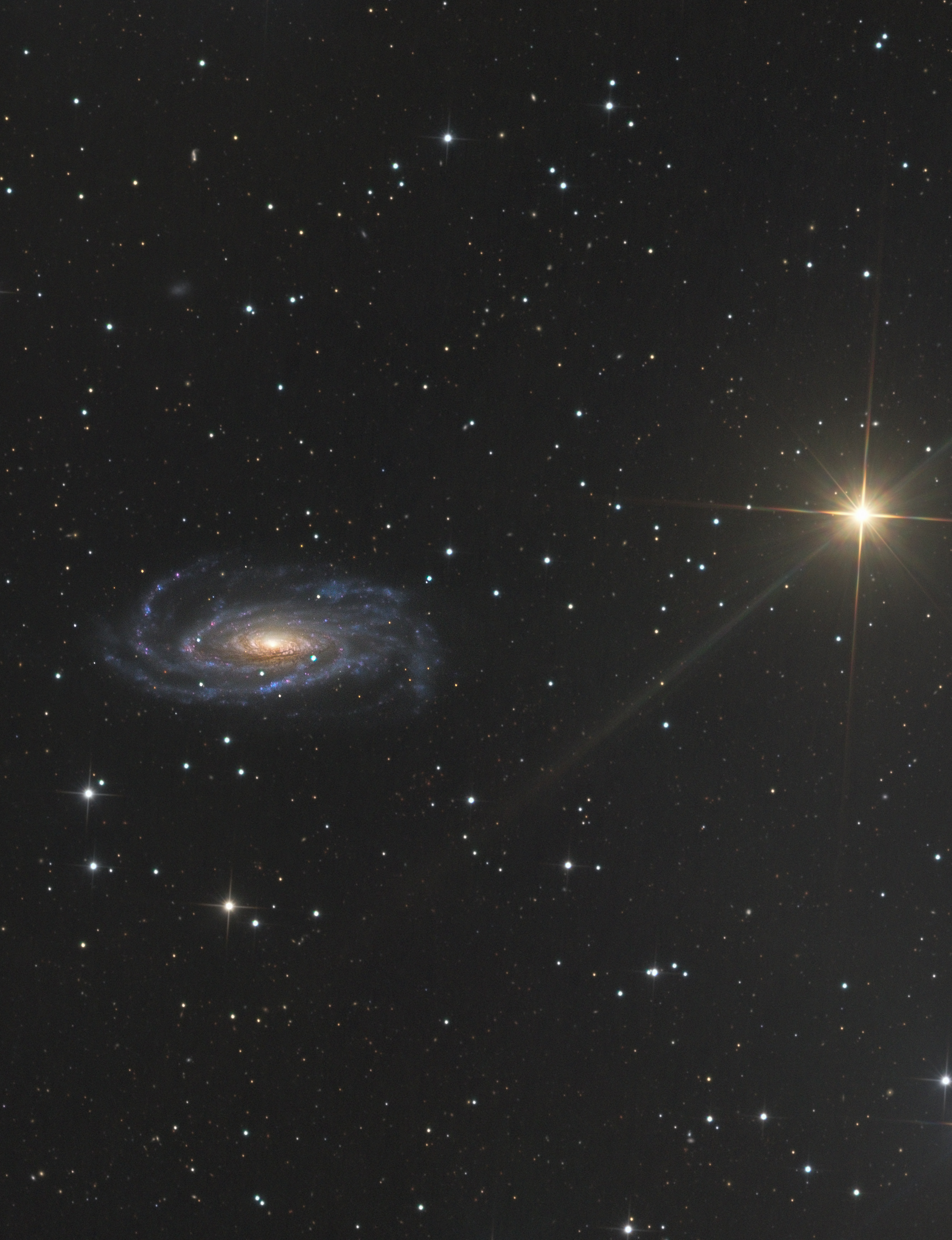
NGC 5033 is an inclined spiral galaxy located in the constellation Canes Venatici. Distance estimates vary from between 38 and 60 million light years from the Milky Way. The galaxy has a very bright nucleus and a relatively faint disk. Significant warping is visible in the southern half of the disk. The galaxy's location relatively near Earth and its active galactic nucleus make it a commonly studied object for professional astronomers. (wiki)
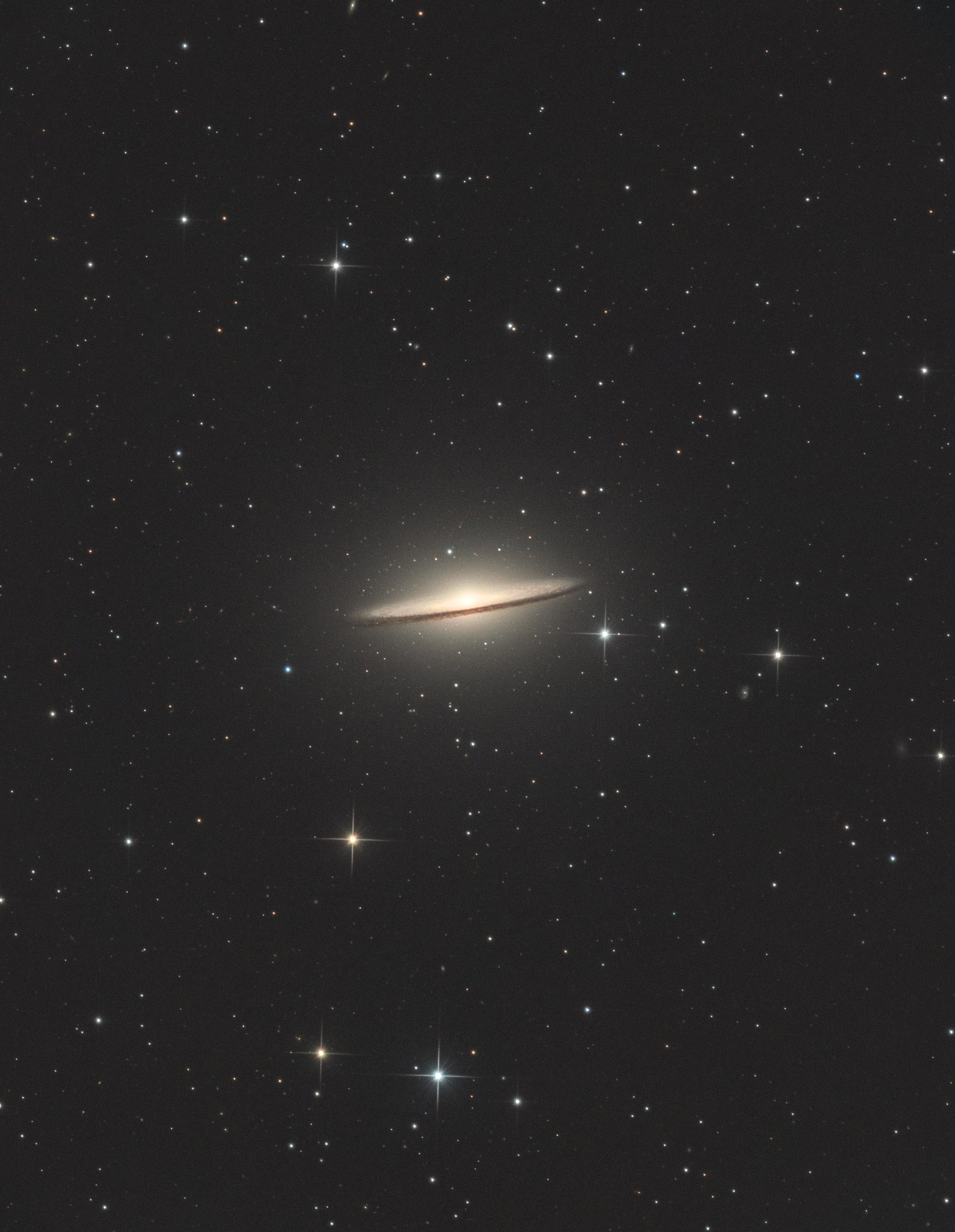
The Sombrero Galaxy (also known as Messier Object 104, M104 or NGC 4594) is a lenticular galaxy in the constellation Virgo located 9.55 Mpc (31,100,000 ly) from Earth. The galaxy has a diameter of approximately 15kfc (50,000 light-years), 30% the size of the Milky Way. It has a bright nucleus, an unusually large central bulge, and a prominent dust lane in its inclined disk. The dark dust lane and the bulge give this galaxy the appearance of a sombrero. (wiki)
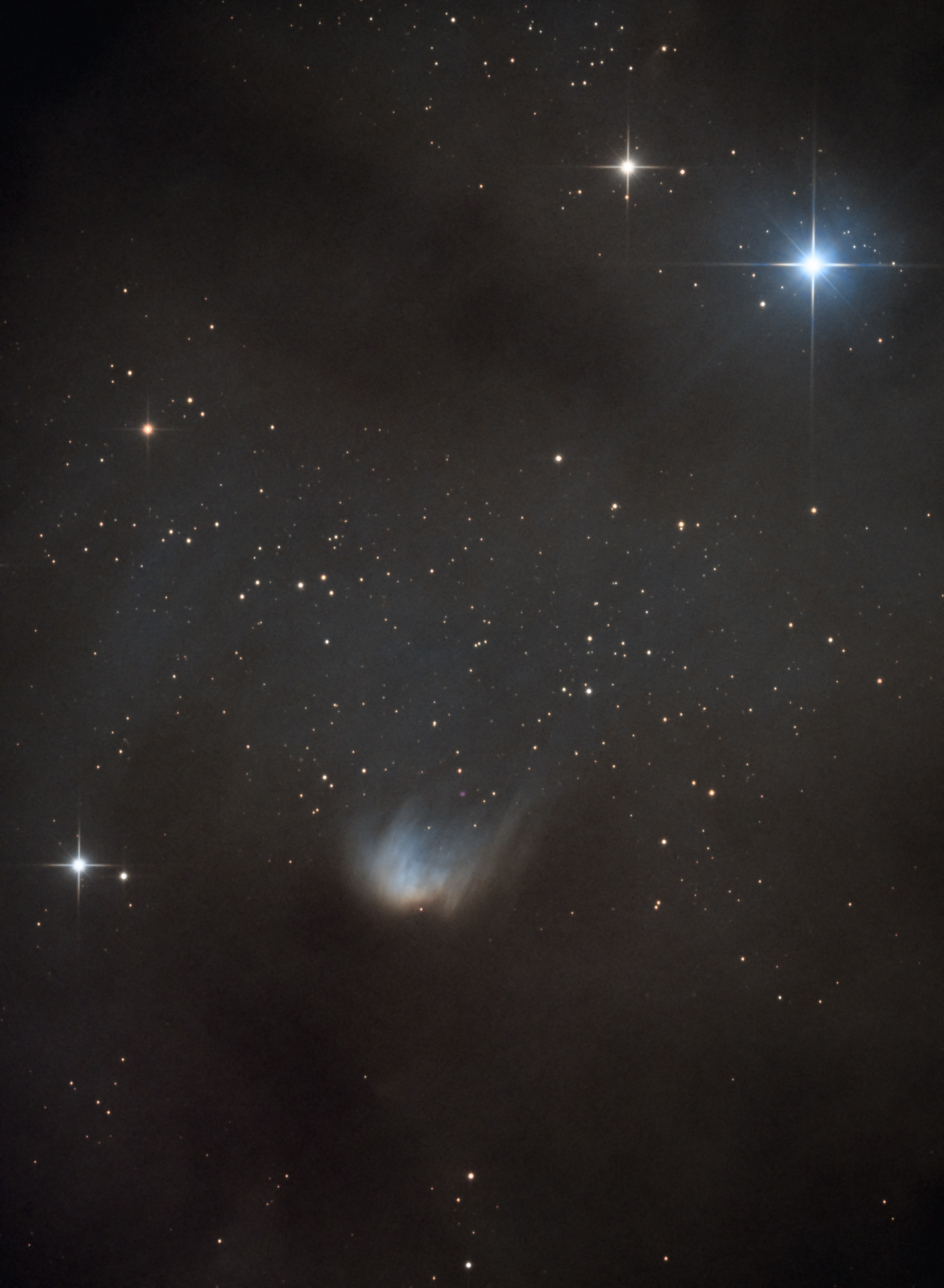
A dark nebula or absorption nebula is a type of interstellar cloud that is so dense that it obscures the light from objects behind it, such as background stars and emission or reflection nebulae. The extinction of the light is caused by interstellar dust grains located in the coldest, densest parts of larger molecular clouds. (wiki)
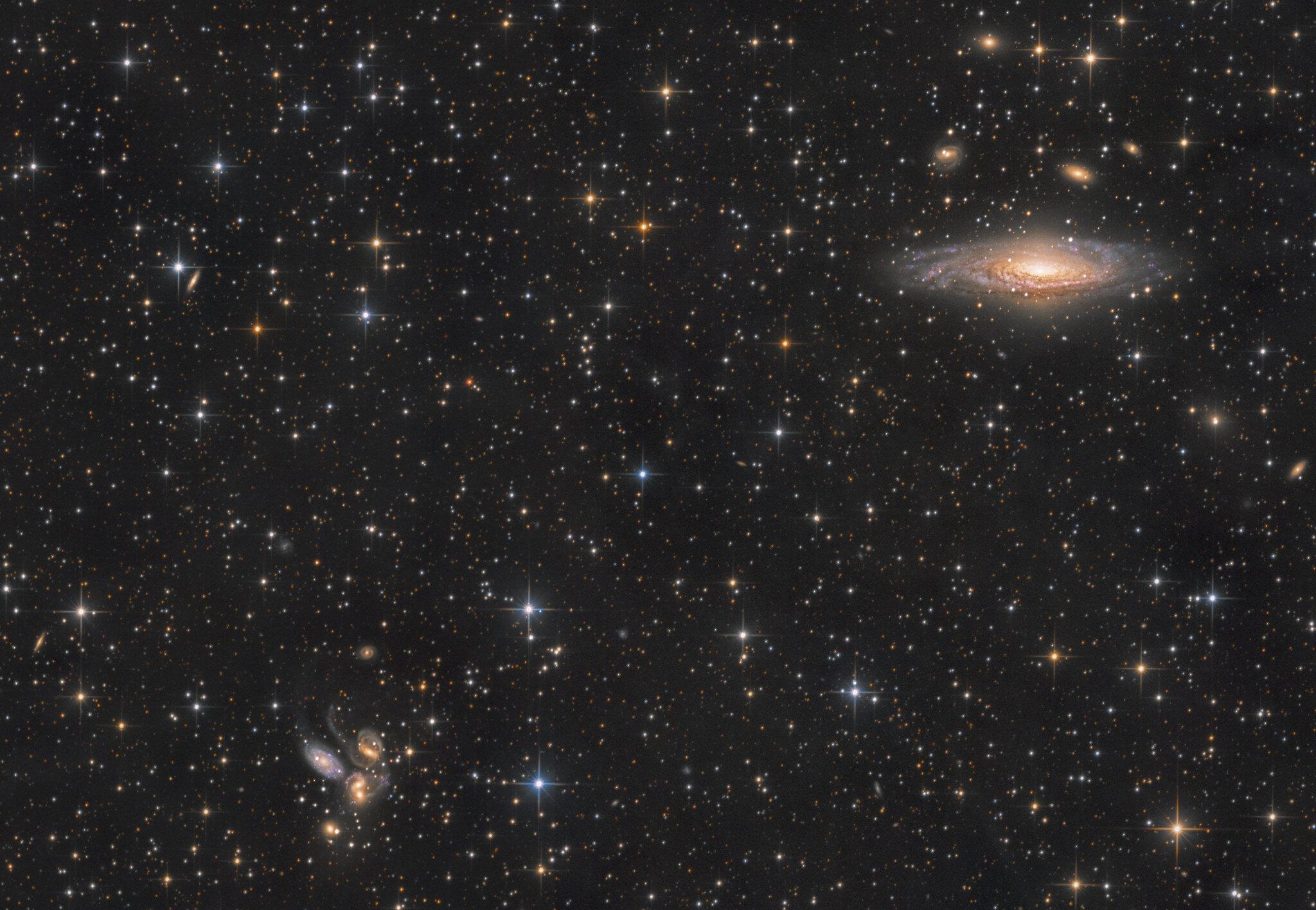
NGC 7331 Group is a group of galaxies in the constellation Pegasus. Spiral galaxy NGC 7331 is the brightest member of the group. This group is also called the Deer Lick Group, and contains four other members (wiki)
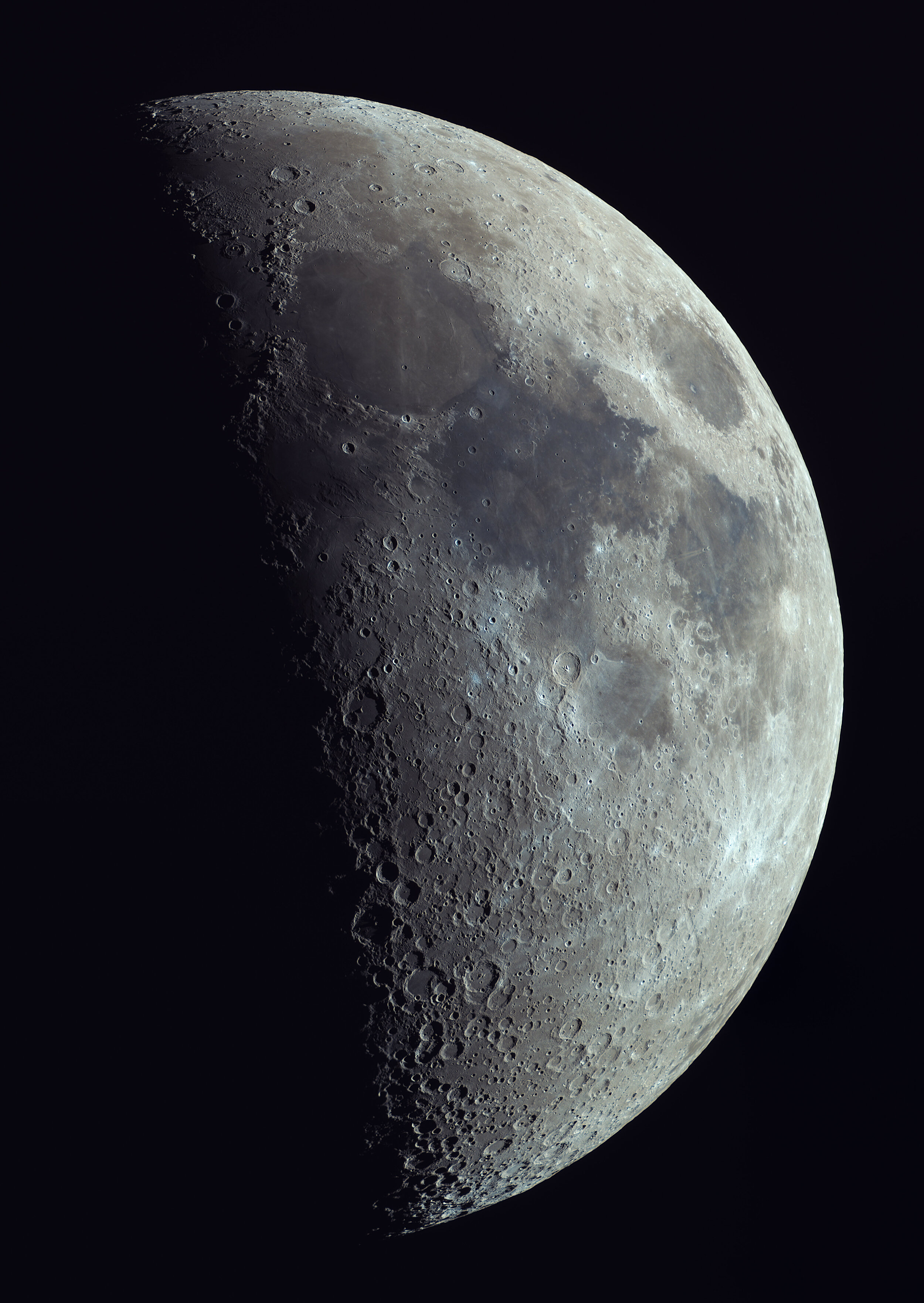
Sometimes all you can do is just stare at the moon for hours on end.
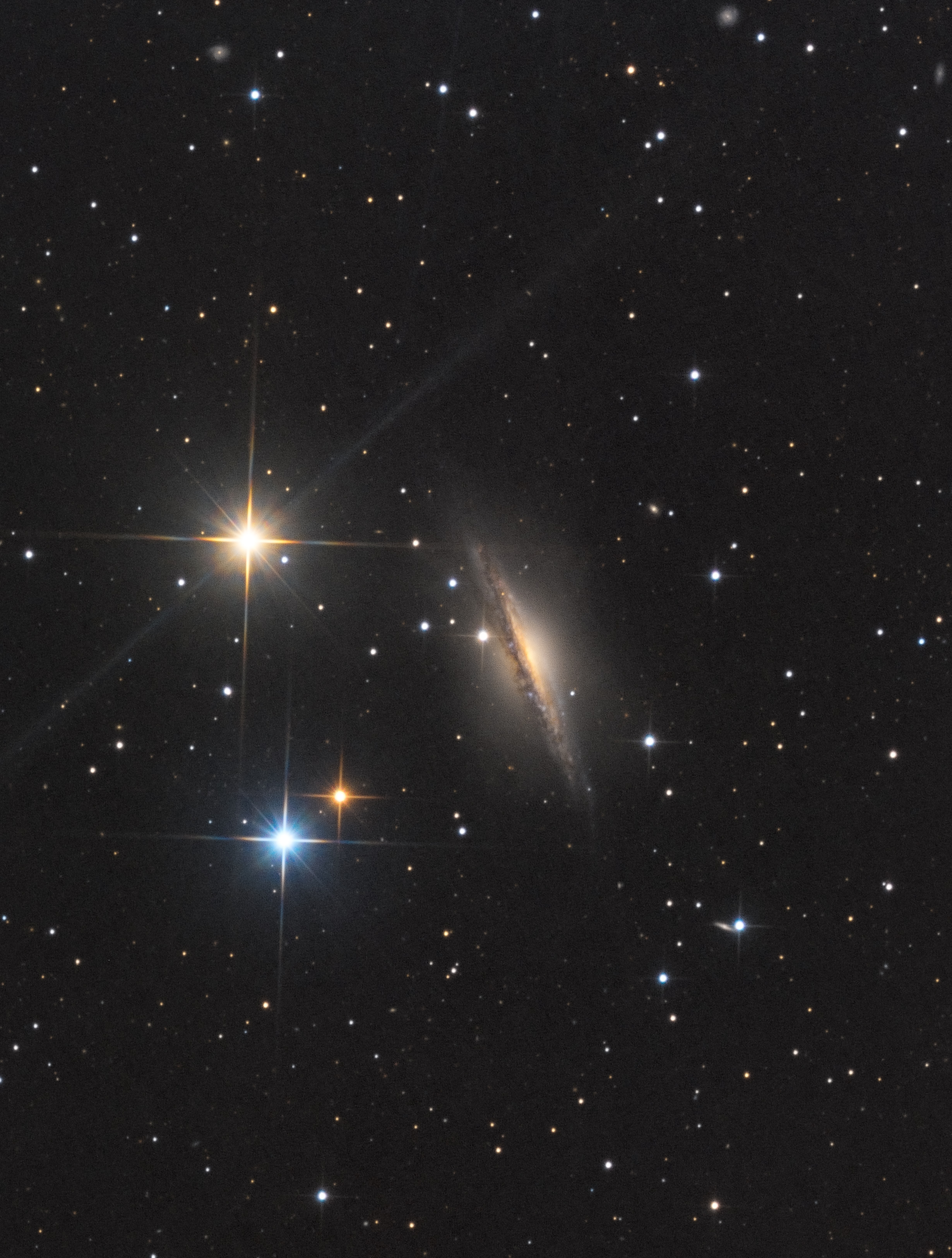
NGC 1055 is an edge-on spiral galaxy located in the constellation Cetus. The galaxy has a prominent nuclear bulge crossed by a wide, knotty, dark lane of dust and gas. The spiral arm structure appears to be elevated above the galaxy's plane and obscures the upper half of the bulge. (wiki)
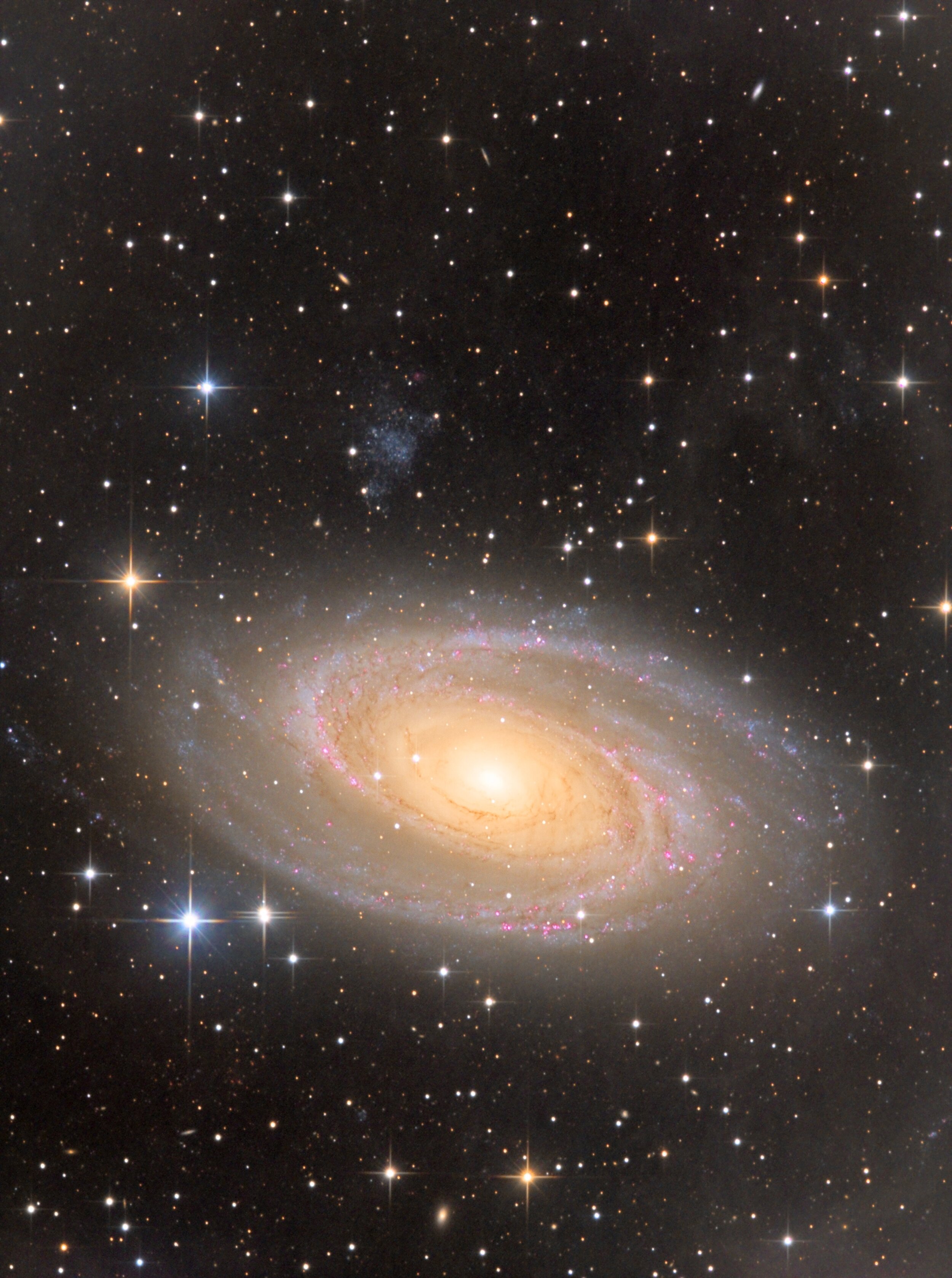
Messier 81 is a grand design spiral galaxy about 12 million light-years away, with a diameter of 90,000 light years, about half the size of the Milky Way, in the constellation Ursa Major. Due to its proximity to Earth, large size, and active galactic nucleus (which harbors a 70 million M☉ supermassive black hole), Messier 81 has been studied extensively by professional astronomers. (wiki)
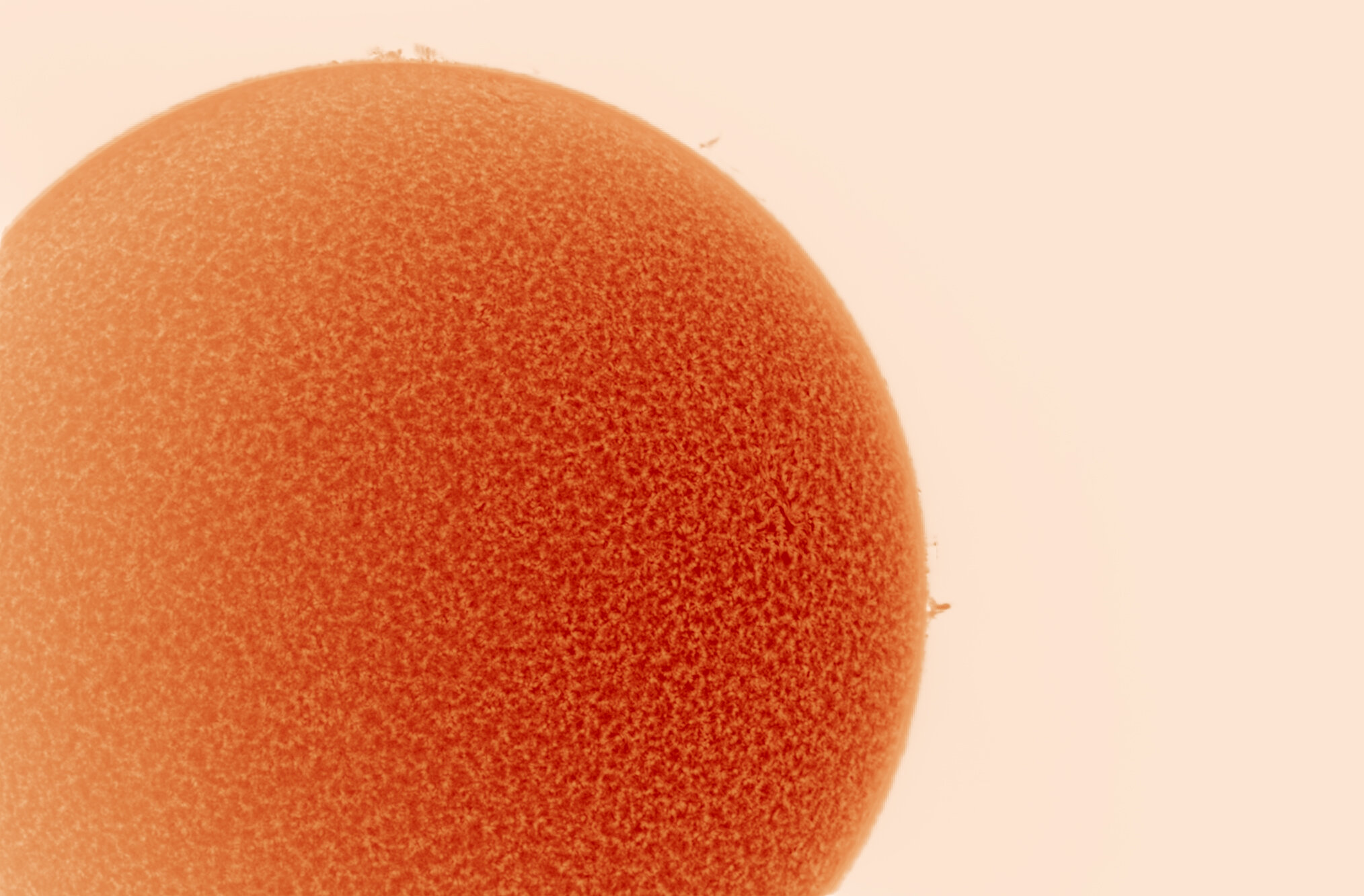
The suns chromosphere (literally, "sphere of color") is the second of the three main layers in the Sun's atmosphere and is roughly 3,000 to 5,000 kilometers deep (wiki)

The Horsehead Nebula (also known as Barnard 33) is a small dark nebula in the constellation Orion. The nebula is located just to the south of Alnitak, the easternmost star of Orion's Belt, and is part of the much larger Orion Molecular Cloud Complex. (wiki)
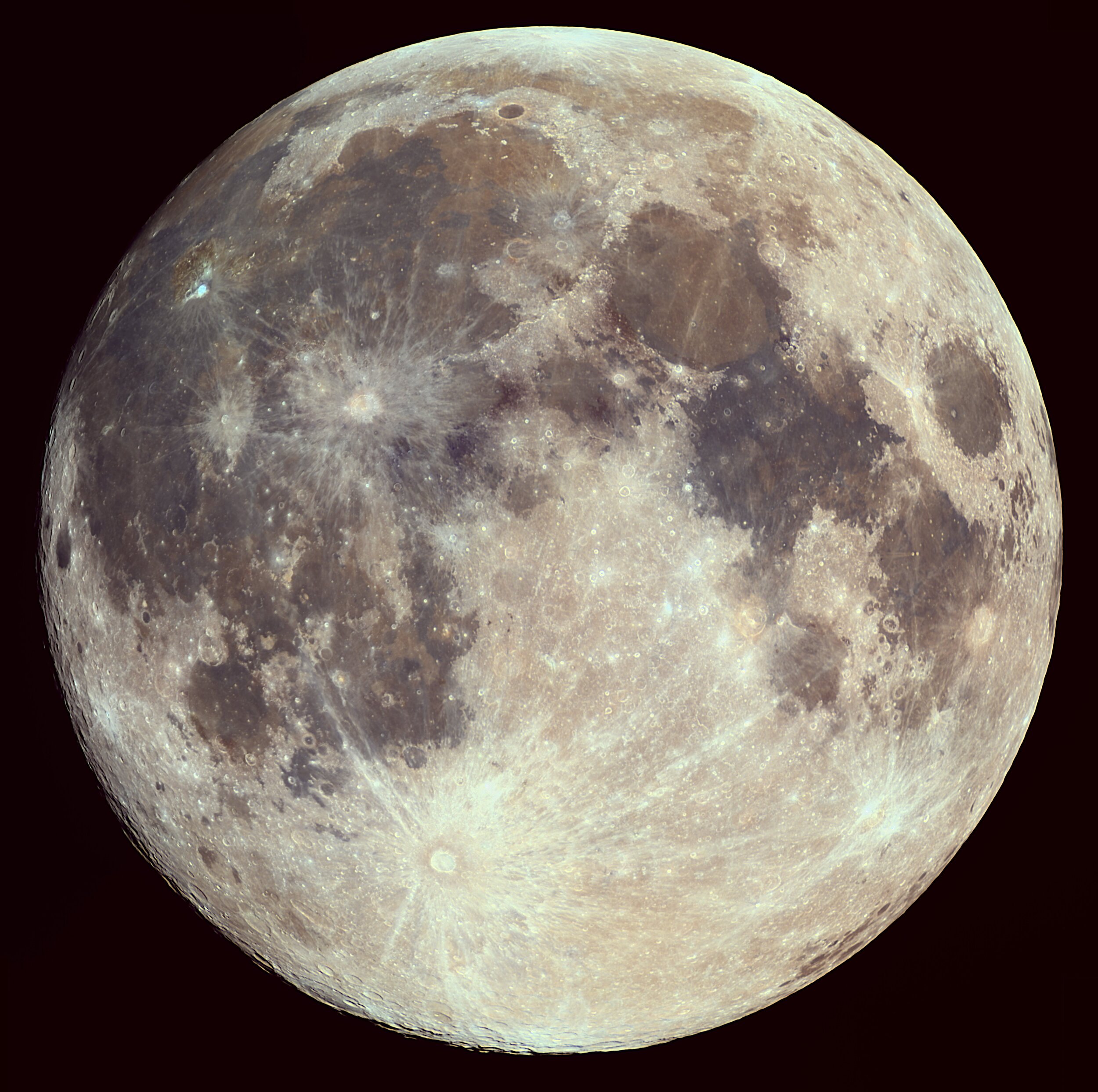
“Flower Moon”, the Last Supermoon of 2020
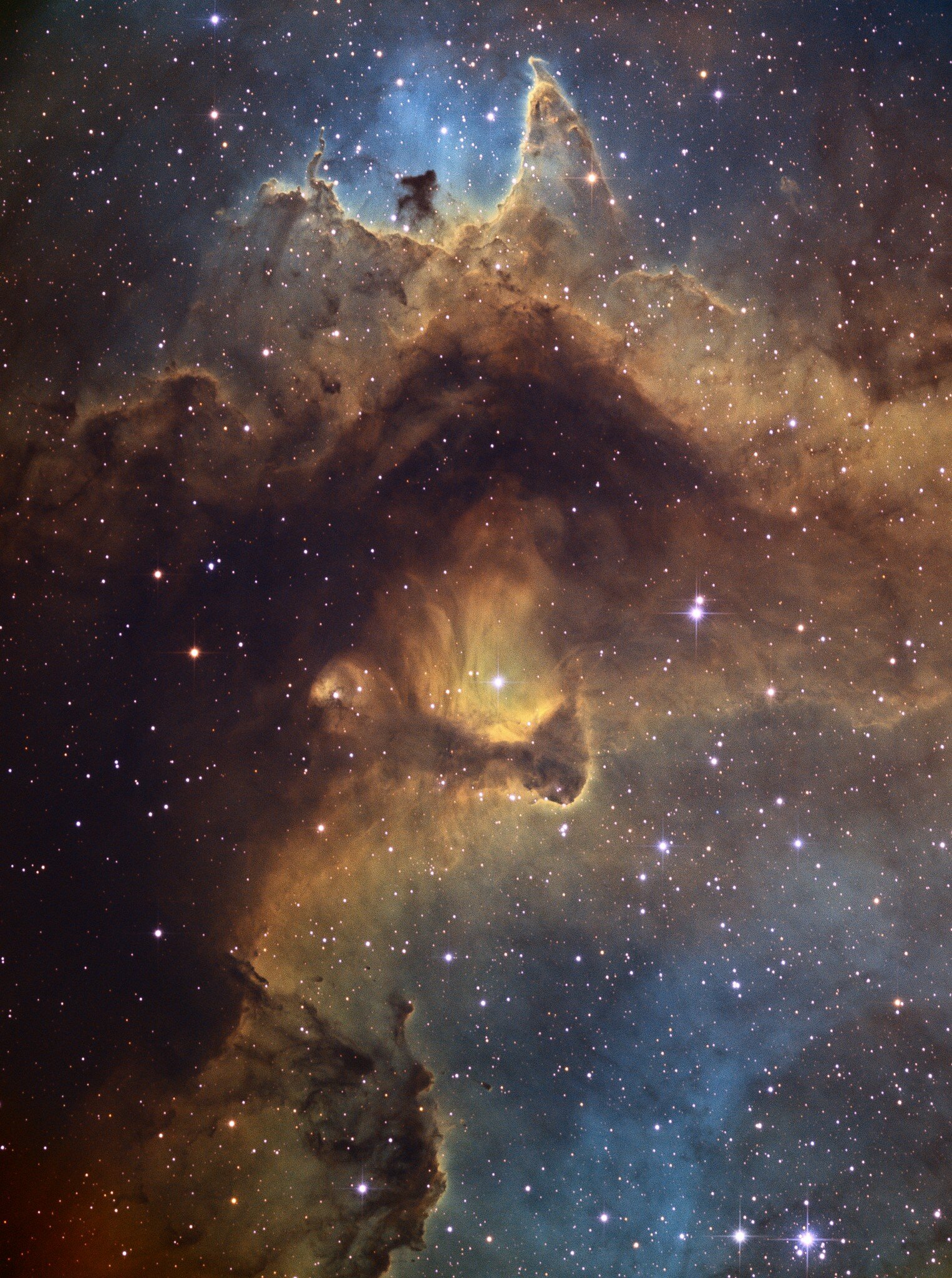
The Soul Nebula (Westerhout 5) is an emission nebula located in the constellation Cassiopeia. It forms a famous pair known as the Heart and Soul with the neighboring Heart Nebula (wiki)
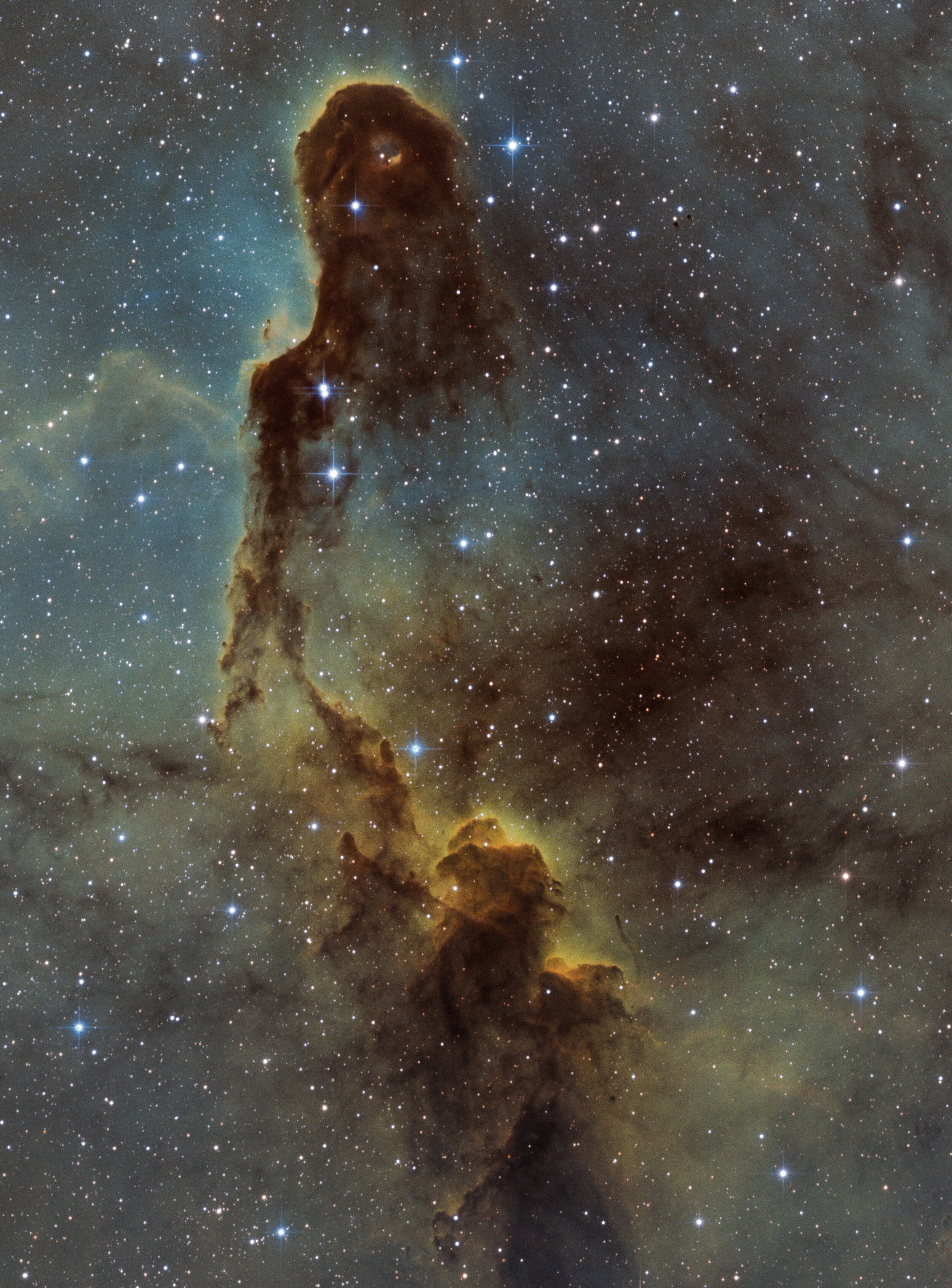
The Elephant's Trunk Nebula is a concentration of interstellar gas and dust within the much larger ionized gas region IC 1396 located in the constellation Cepheus about 2,400 light years away from Earth. (wiki)
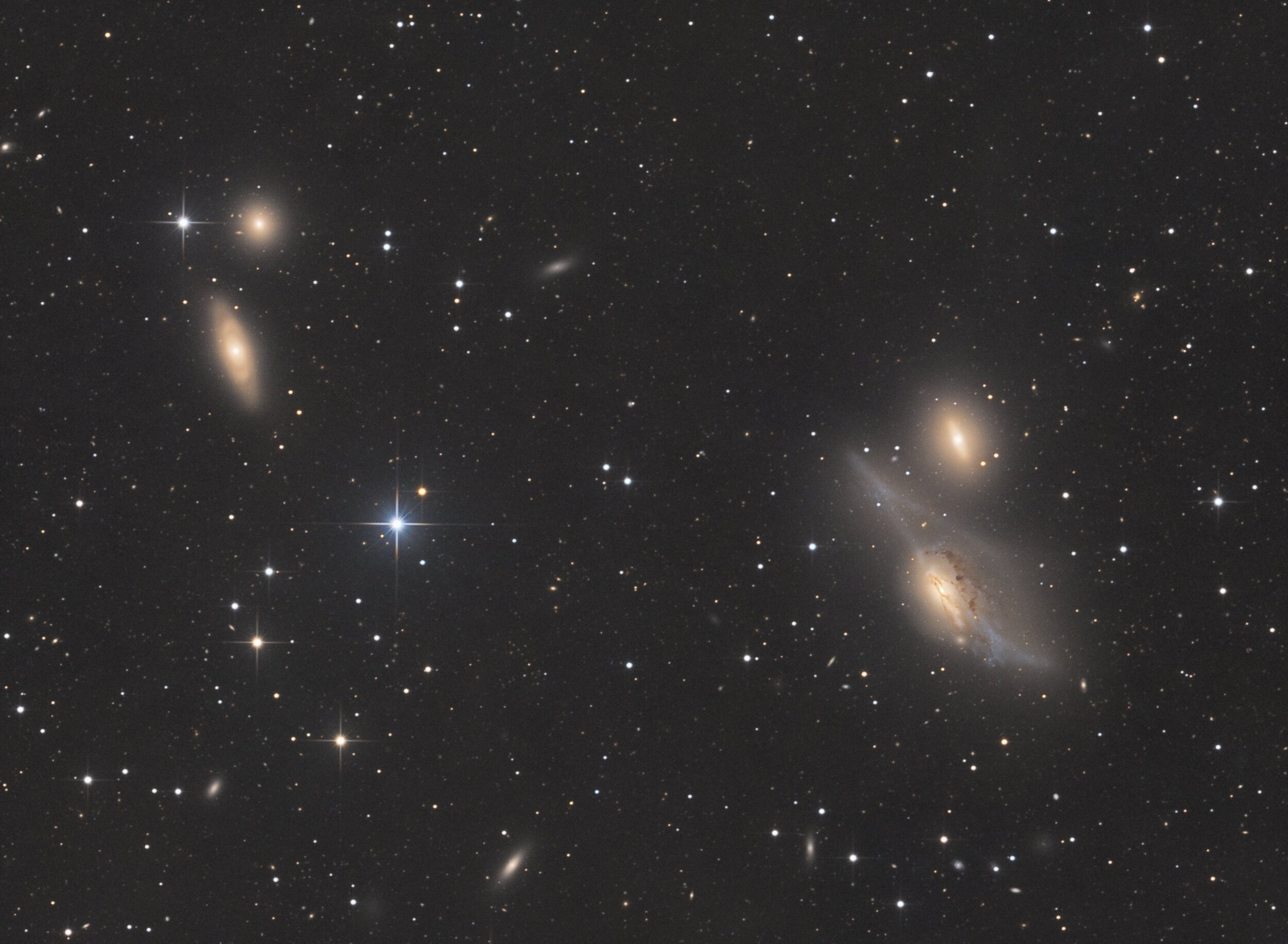
The Eyes Galaxies (NGC 4435-NGC 4438, also known as Arp 120) are a pair of galaxies about 52 million light-years away in the constellation Virgo. The pair are members of the string of galaxies known as Markarian's Chain. (wiki)
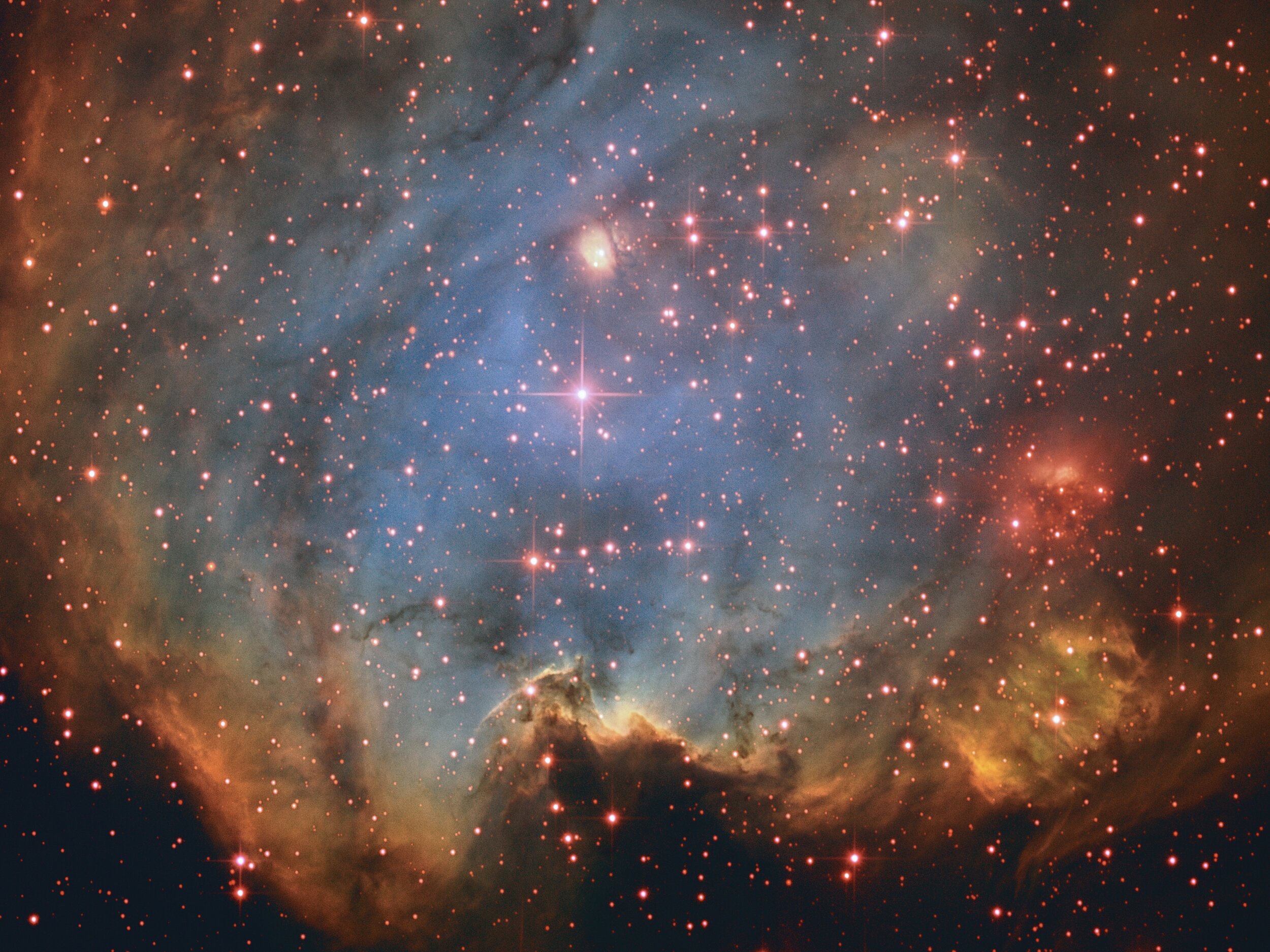
NGC 2174 (also known as Monkey Head Nebula) is an emission nebula located in the constellation Orion and is associated with the open star cluster NGC 2175 (wiki)

The Heart Nebula, IC 1805, Sharpless 2-190, lies some 7500 light years away from Earth and is located in the Perseus Arm of the Galaxy in the constellation Cassiopeia (wiki)
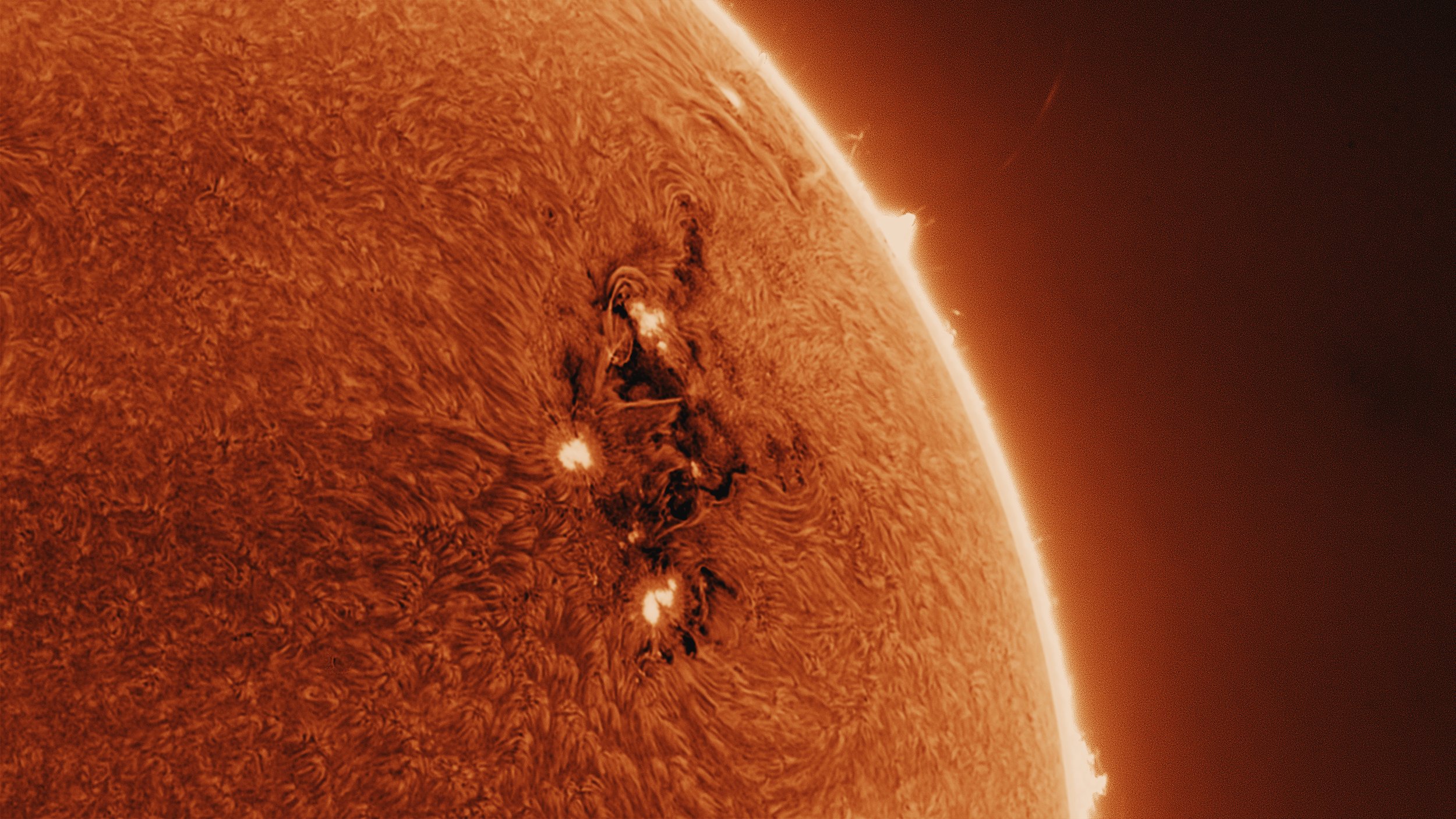
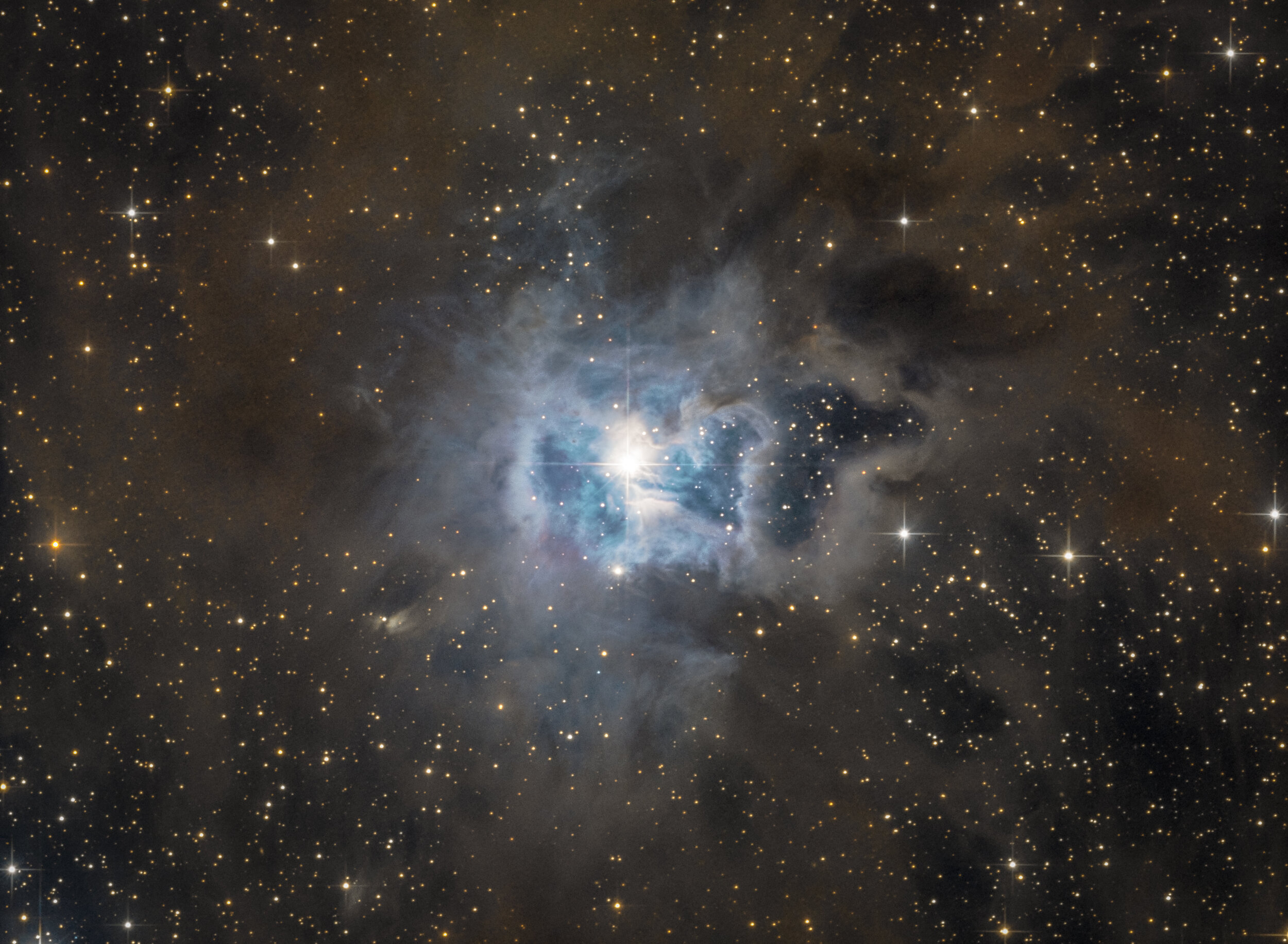
The Iris Nebula (also known as NGC 7023 and Caldwell 4) is a bright reflection nebula in the constellation Cepheus. (wiki)
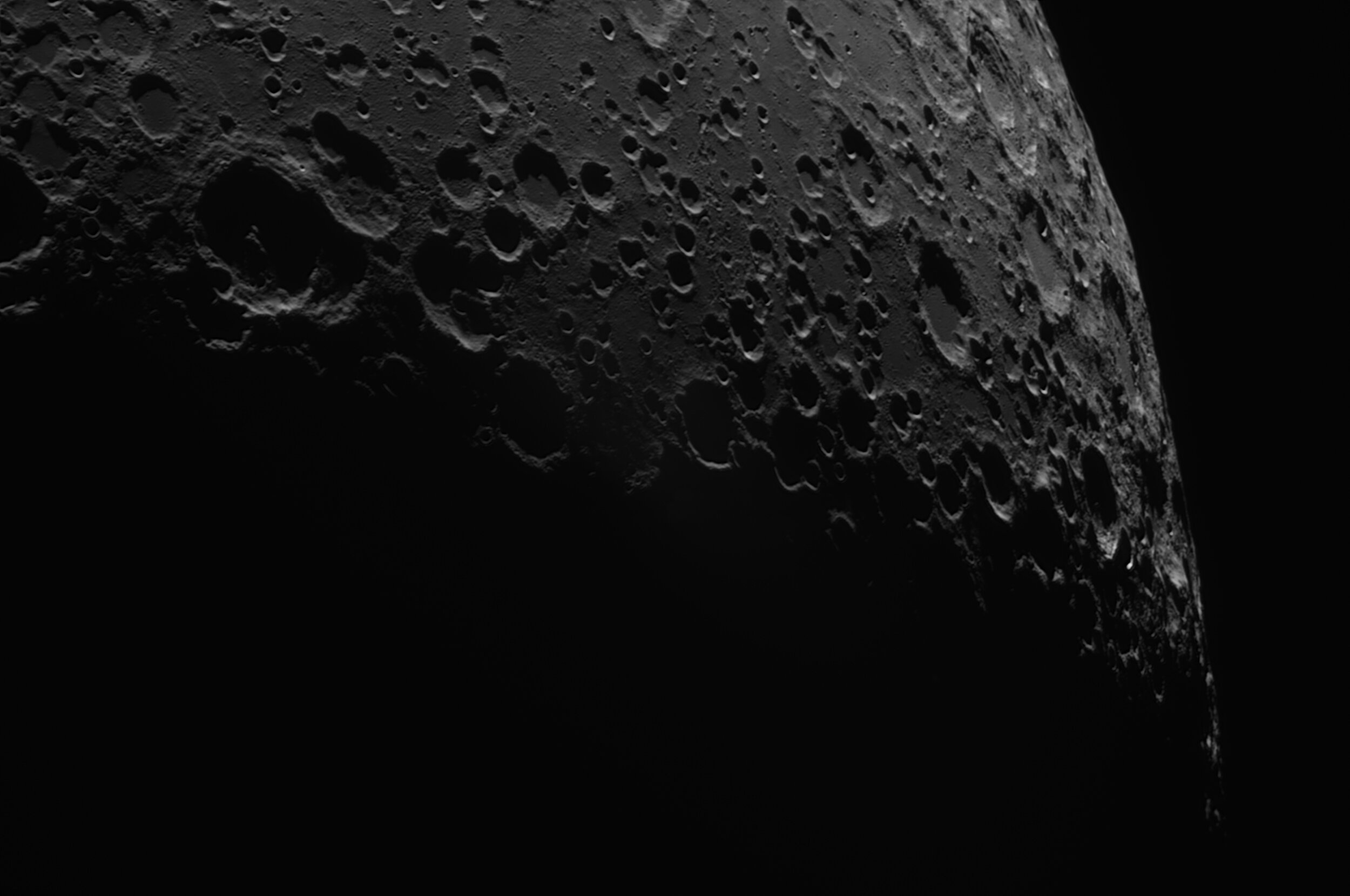
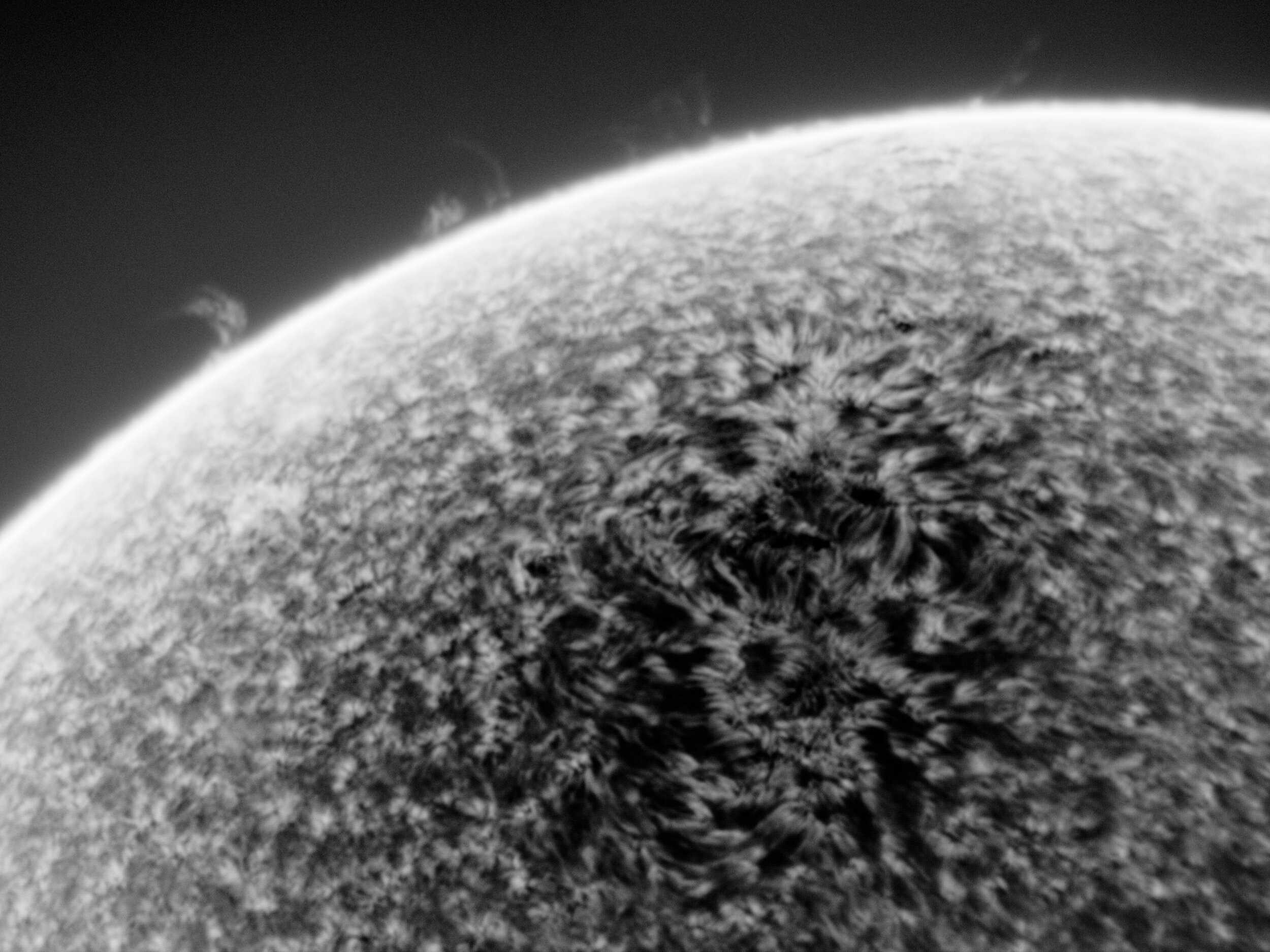
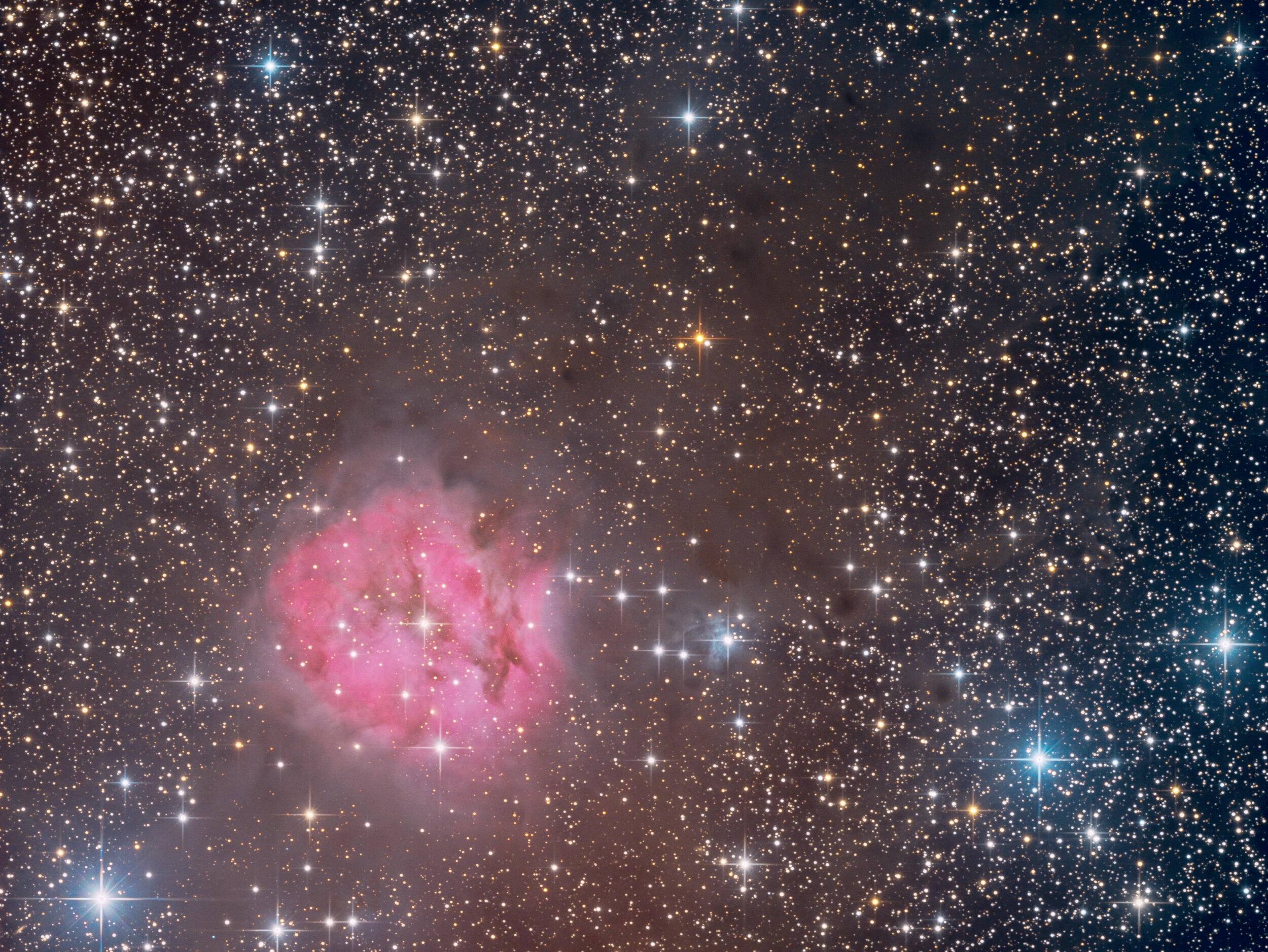
IC 5146 is a reflection/emission nebula and Caldwell object in the constellation Cygnus. The NGC description refers to IC 5146 as a cluster of 9.5 mag stars involved in a bright and dark nebula (wiki)
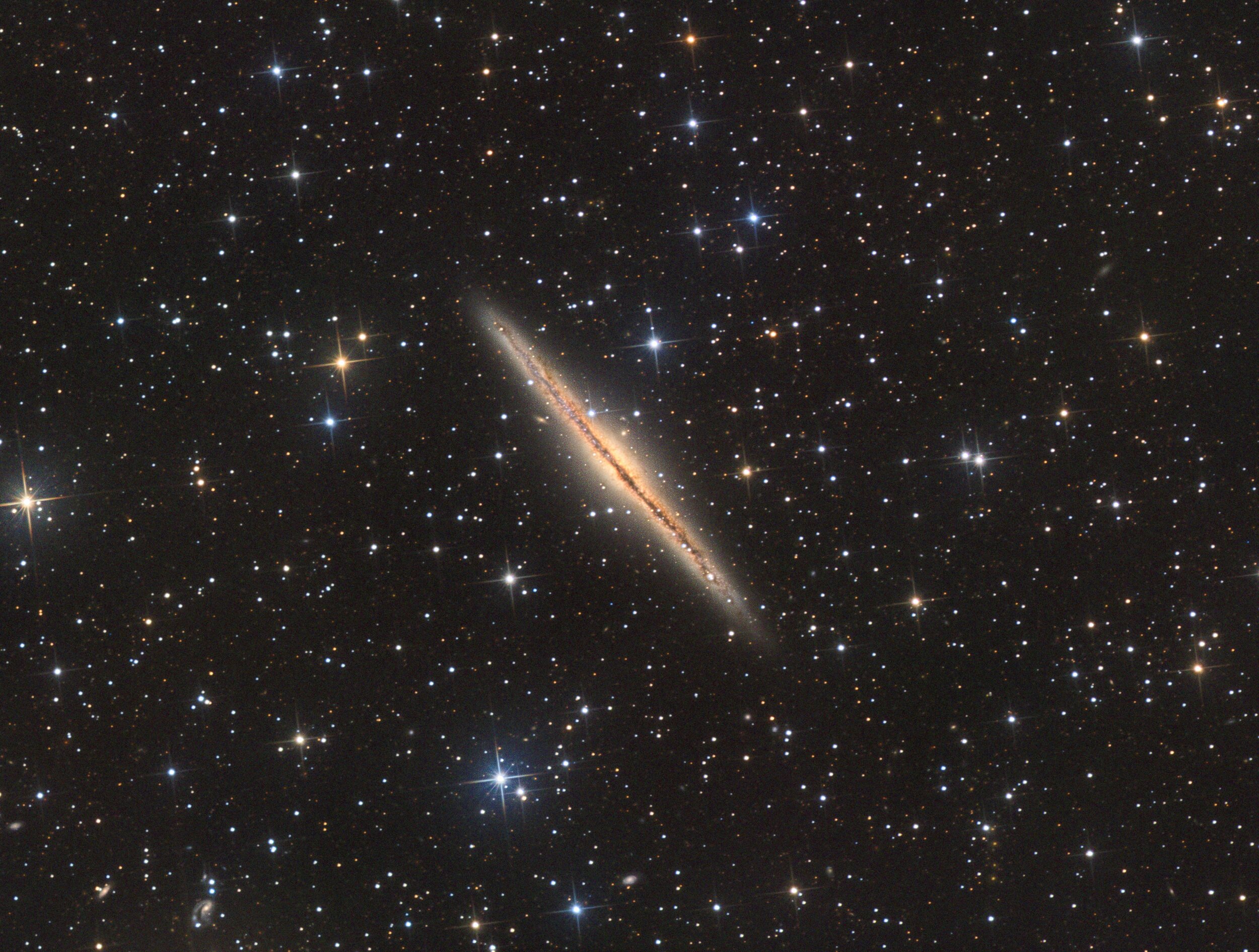
NGC 891 (also known as Caldwell 23, the Silver Sliver Galaxy, and the Outer Limits Galaxy) is an edge-on unbarred spiral galaxy about 30 million light-years away in the constellation Andromeda (wiki)
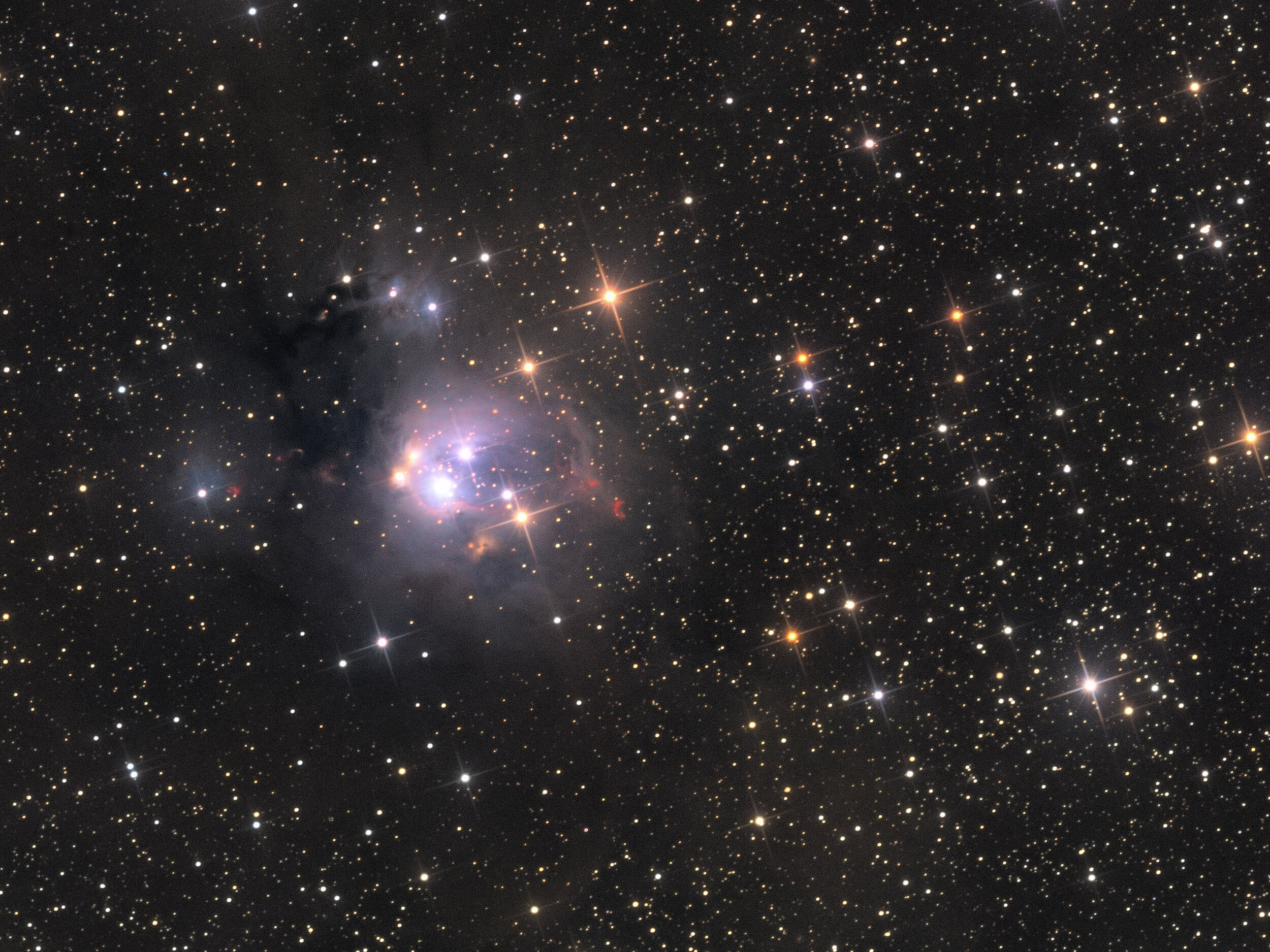
NGC 7129 is a reflection nebula located 3,300 light years away in the constellation Cepheus. A young open cluster is responsible for illuminating the surrounding nebula (wiki)
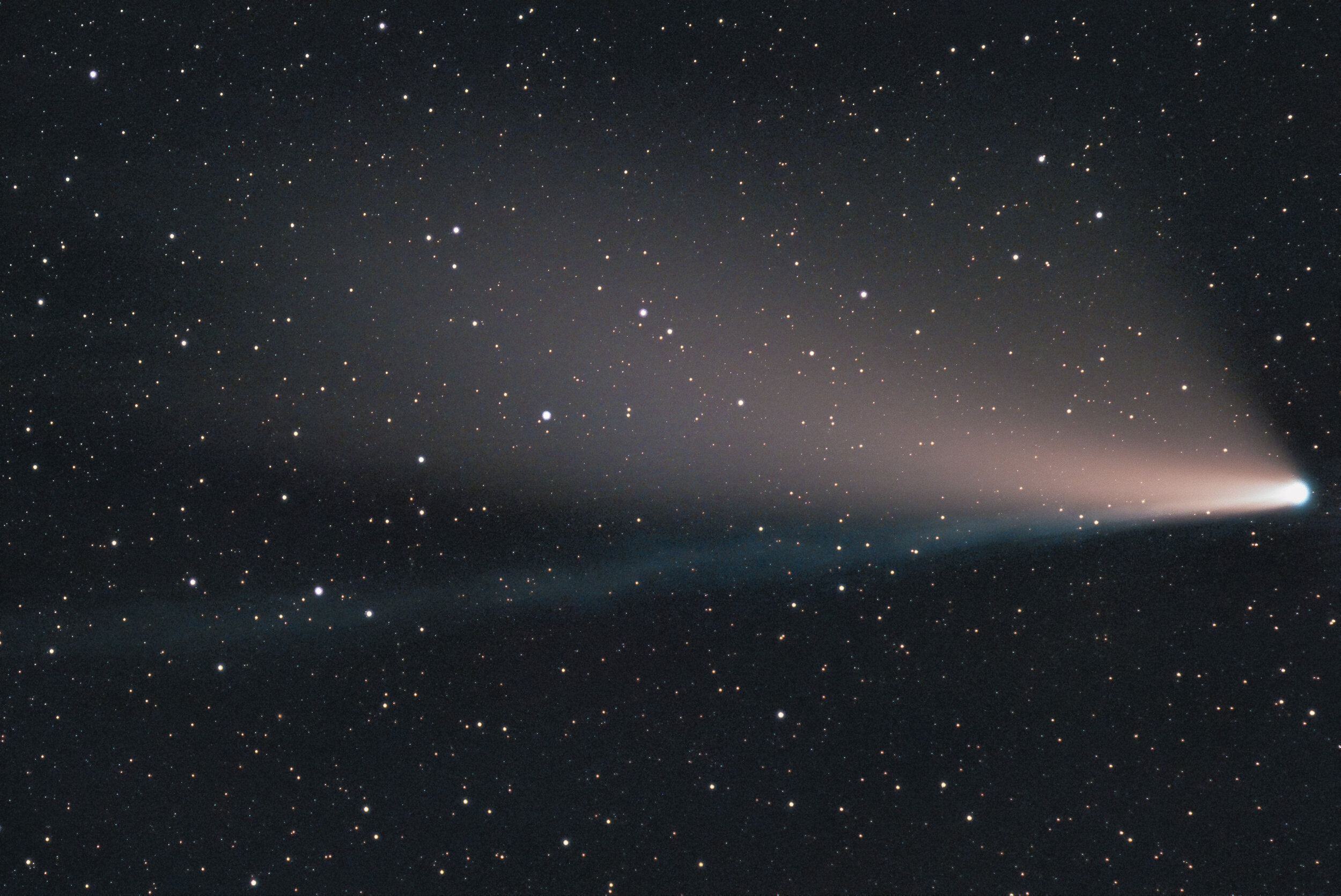
Taken on July 21, 2020. My very first naked eye comet made quite the show!
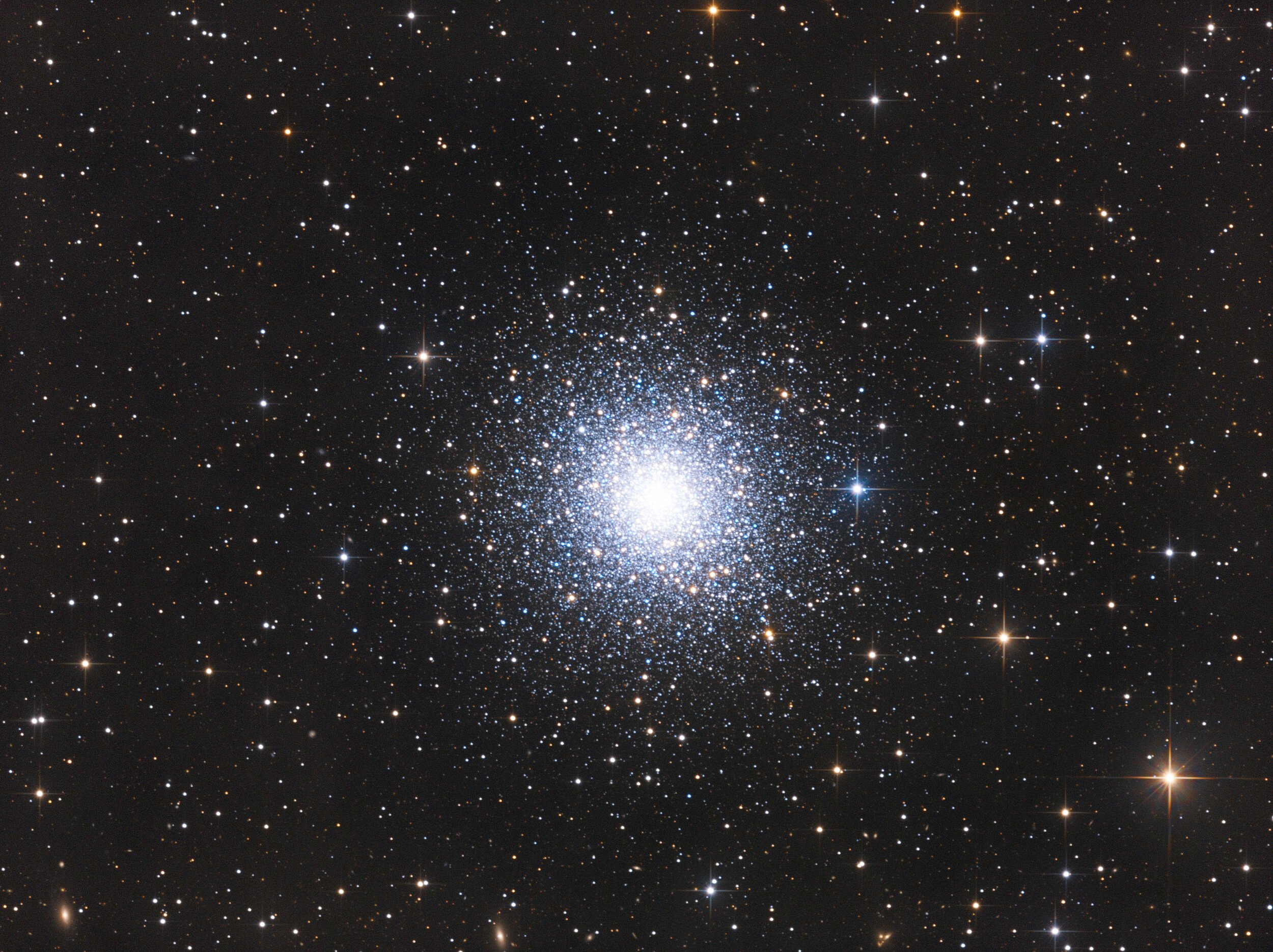
Messier 92 is a globular cluster of stars in the northern constellation of Hercules.
Its one of the brighter globular clusters in the northern hemisphere, but it is often overlooked by amateur astronomers (wiki)
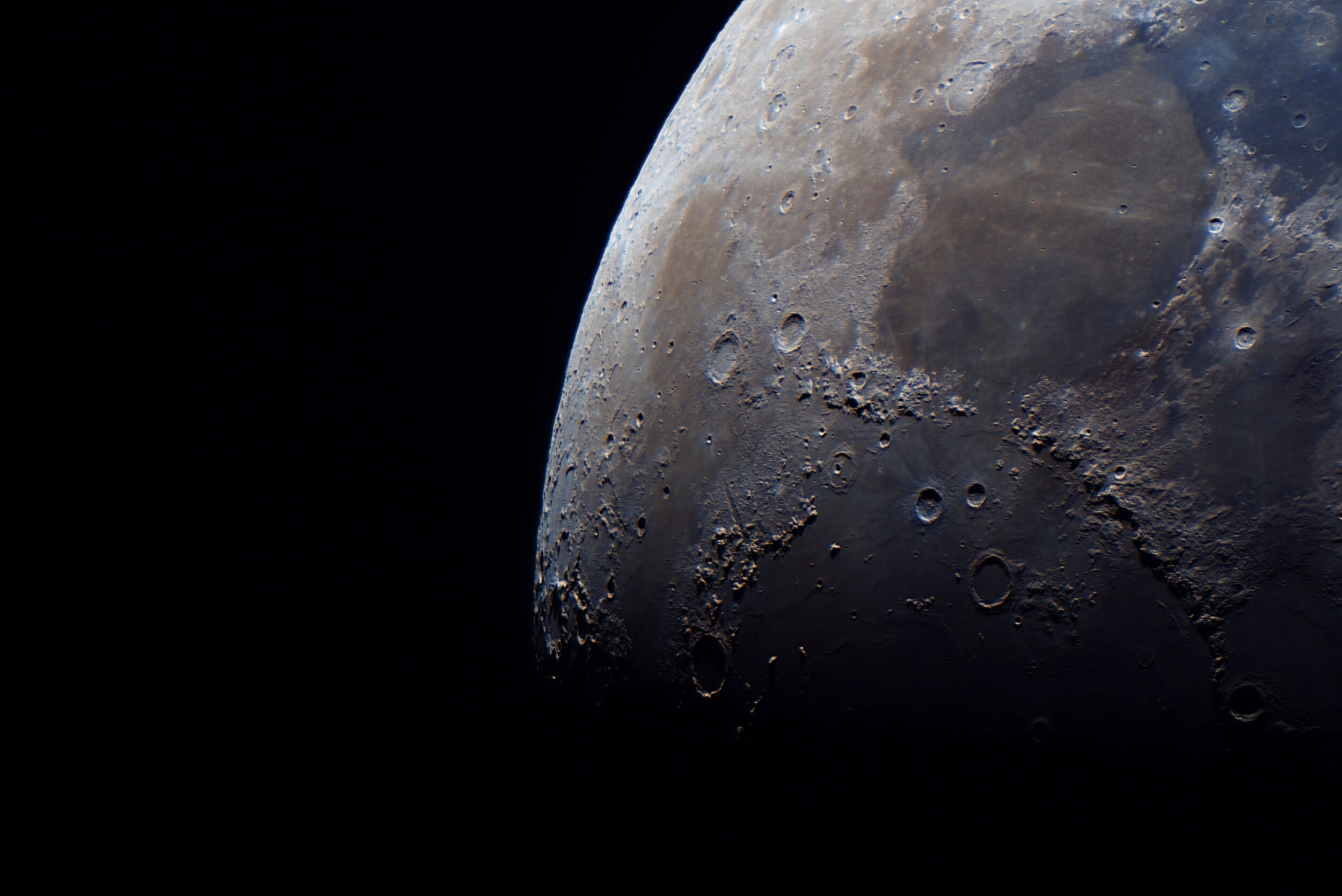
Waxing Gibbous Moon of 2021-04-20

Inverted monochrome false color Hydrogen alpha chromosphere image of sunspot AR2781
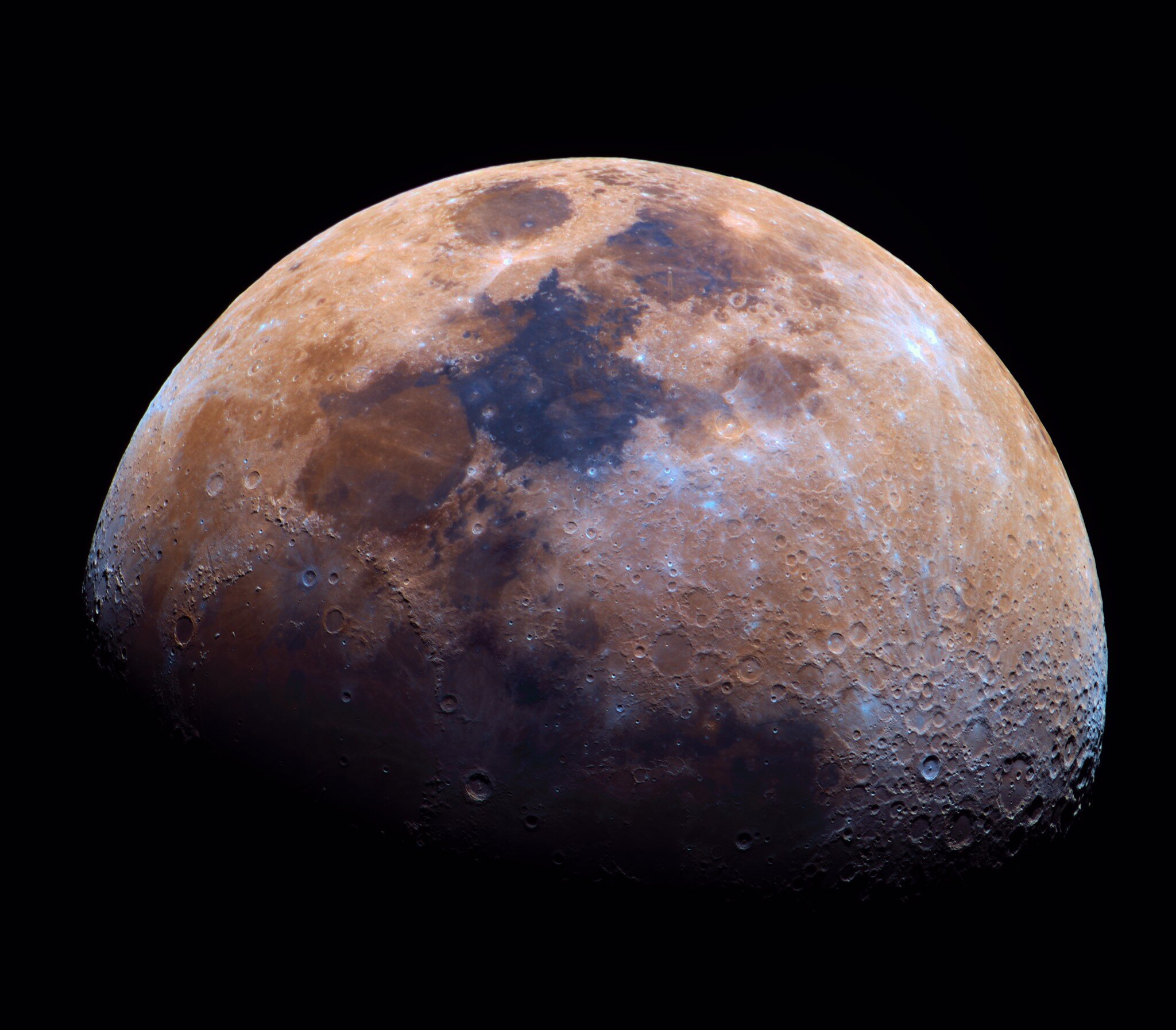
This image of the waxing crescent moon displays the mineral colors that are usually hidden from plain sight by combining 200 gigabytes of photos from a color camera.
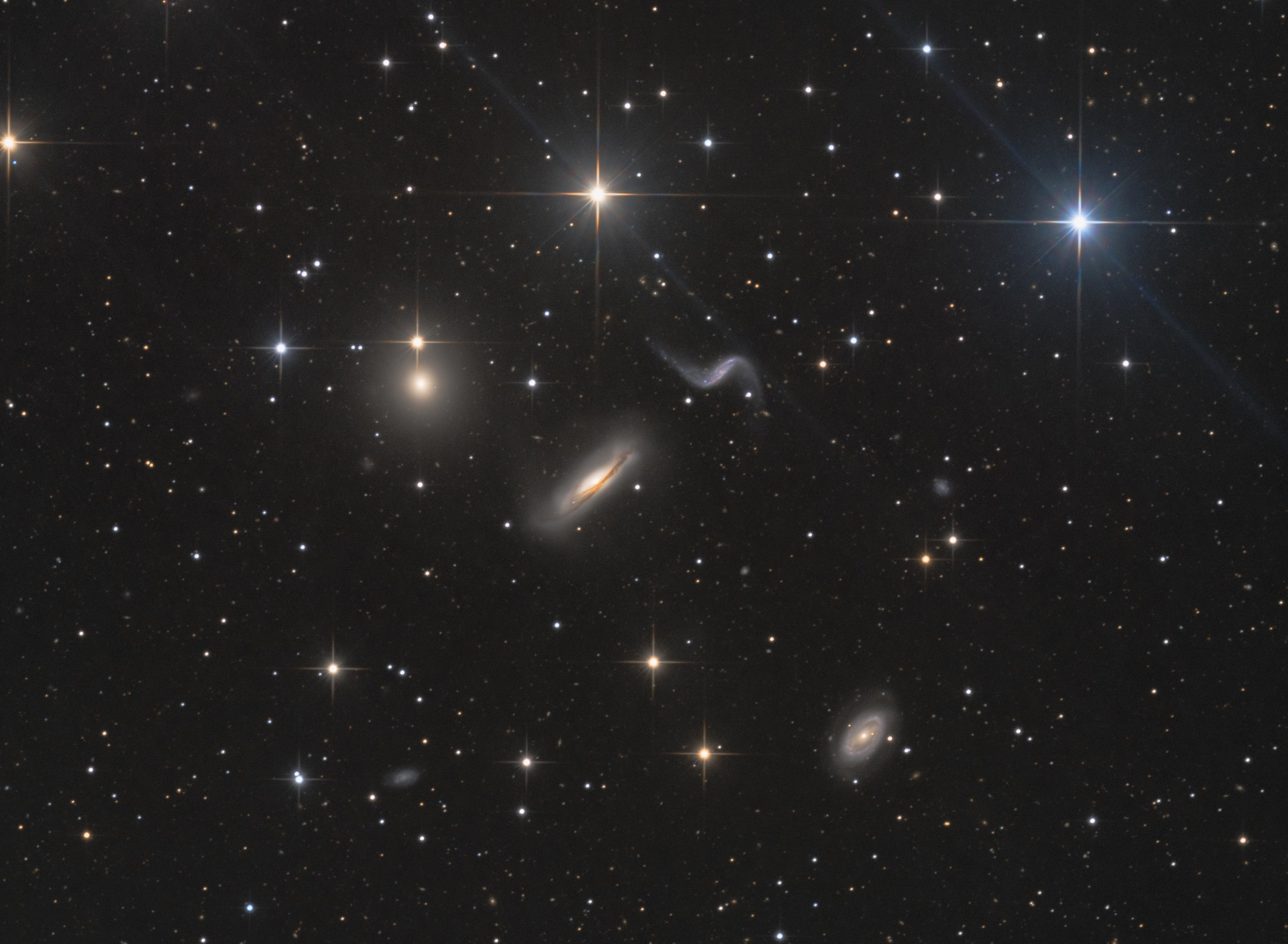

































Hickson 44 (HCG 44) is a group of galaxies in the constellation Leo.
Messier 81 (also known as NGC 3031 or Bode's Galaxy) is a grand design spiral galaxy, and Messier 82 (also known as NGC 3034, Cigar Galaxy) is a starburst galaxy. Both are approximately 12 million light-years away in the constellation Ursa Major
The Eagle Nebula (catalogued as Messier 16 or M16, and as NGC 6611, and also known as the Star Queen Nebula and The Spire) is a young open cluster of stars in the constellation Serpens, discovered by Jean-Philippe de Chéseaux in 1745–46. Both the "Eagle" and the "Star Queen" refer to visual impressions of the dark silhouette near the center of the nebula, an area made famous as the "Pillars of Creation" imaged by the Hubble Space Telescope. (wiki)
Messier 63 or M63, also known as NGC 5055 or the seldom-used Sunflower Galaxy, is a spiral galaxy in the northern constellation of Canes Venatici. M63 was first discovered by the French astronomer Pierre Méchain then later verified by his colleague Charles Messier on June 14, 1779 . (wiki)
The Pinwheel Galaxy (also known as Messier 101, M101 or NGC 5457) is a face-on spiral galaxy distanced 21 million light-years (six megaparsecs) away from Earth in the constellation Ursa Major. (wiki)
The Crescent Nebula (also known as NGC 6888, Caldwell 27, Sharpless 105) is an emission nebula in the constellation Cygnus, about 5000 light-years away from Earth. It was discovered by William Herschel in 1792.
NGC 2841 is an inclined unbarred spiral galaxy exhibiting a prominent inner ring structure in the constellation Ursa Major, it was discovered on 9 March 1788 by William Herschel. Initially thought to be about 30 million light years distant, a 2001 Hubble Space Telescope survey of the galaxy's Cepheid variables determined that it was approximately 14.1 megaparsecs or 46 million light years distant. (wiki)
NGC 5033 is an inclined spiral galaxy located in the constellation Canes Venatici. Distance estimates vary from between 38 and 60 million light years from the Milky Way. The galaxy has a very bright nucleus and a relatively faint disk. Significant warping is visible in the southern half of the disk. The galaxy's location relatively near Earth and its active galactic nucleus make it a commonly studied object for professional astronomers. (wiki)
The Sombrero Galaxy (also known as Messier Object 104, M104 or NGC 4594) is a lenticular galaxy in the constellation Virgo located 9.55 Mpc (31,100,000 ly) from Earth. The galaxy has a diameter of approximately 15kfc (50,000 light-years), 30% the size of the Milky Way. It has a bright nucleus, an unusually large central bulge, and a prominent dust lane in its inclined disk. The dark dust lane and the bulge give this galaxy the appearance of a sombrero. (wiki)
A dark nebula or absorption nebula is a type of interstellar cloud that is so dense that it obscures the light from objects behind it, such as background stars and emission or reflection nebulae. The extinction of the light is caused by interstellar dust grains located in the coldest, densest parts of larger molecular clouds. (wiki)
NGC 7331 Group is a group of galaxies in the constellation Pegasus. Spiral galaxy NGC 7331 is the brightest member of the group. This group is also called the Deer Lick Group, and contains four other members (wiki)
Sometimes all you can do is just stare at the moon for hours on end.
NGC 1055 is an edge-on spiral galaxy located in the constellation Cetus. The galaxy has a prominent nuclear bulge crossed by a wide, knotty, dark lane of dust and gas. The spiral arm structure appears to be elevated above the galaxy's plane and obscures the upper half of the bulge. (wiki)
Messier 81 is a grand design spiral galaxy about 12 million light-years away, with a diameter of 90,000 light years, about half the size of the Milky Way, in the constellation Ursa Major. Due to its proximity to Earth, large size, and active galactic nucleus (which harbors a 70 million M☉ supermassive black hole), Messier 81 has been studied extensively by professional astronomers. (wiki)
The suns chromosphere (literally, "sphere of color") is the second of the three main layers in the Sun's atmosphere and is roughly 3,000 to 5,000 kilometers deep (wiki)
The Horsehead Nebula (also known as Barnard 33) is a small dark nebula in the constellation Orion. The nebula is located just to the south of Alnitak, the easternmost star of Orion's Belt, and is part of the much larger Orion Molecular Cloud Complex. (wiki)
“Flower Moon”, the Last Supermoon of 2020
The Soul Nebula (Westerhout 5) is an emission nebula located in the constellation Cassiopeia. It forms a famous pair known as the Heart and Soul with the neighboring Heart Nebula (wiki)
The Elephant's Trunk Nebula is a concentration of interstellar gas and dust within the much larger ionized gas region IC 1396 located in the constellation Cepheus about 2,400 light years away from Earth. (wiki)
The Eyes Galaxies (NGC 4435-NGC 4438, also known as Arp 120) are a pair of galaxies about 52 million light-years away in the constellation Virgo. The pair are members of the string of galaxies known as Markarian's Chain. (wiki)
NGC 2174 (also known as Monkey Head Nebula) is an emission nebula located in the constellation Orion and is associated with the open star cluster NGC 2175 (wiki)
The Heart Nebula, IC 1805, Sharpless 2-190, lies some 7500 light years away from Earth and is located in the Perseus Arm of the Galaxy in the constellation Cassiopeia (wiki)
The Iris Nebula (also known as NGC 7023 and Caldwell 4) is a bright reflection nebula in the constellation Cepheus. (wiki)
IC 5146 is a reflection/emission nebula and Caldwell object in the constellation Cygnus. The NGC description refers to IC 5146 as a cluster of 9.5 mag stars involved in a bright and dark nebula (wiki)
NGC 891 (also known as Caldwell 23, the Silver Sliver Galaxy, and the Outer Limits Galaxy) is an edge-on unbarred spiral galaxy about 30 million light-years away in the constellation Andromeda (wiki)
NGC 7129 is a reflection nebula located 3,300 light years away in the constellation Cepheus. A young open cluster is responsible for illuminating the surrounding nebula (wiki)
Taken on July 21, 2020. My very first naked eye comet made quite the show!
Messier 92 is a globular cluster of stars in the northern constellation of Hercules.
Its one of the brighter globular clusters in the northern hemisphere, but it is often overlooked by amateur astronomers (wiki)
Waxing Gibbous Moon of 2021-04-20
Inverted monochrome false color Hydrogen alpha chromosphere image of sunspot AR2781
This image of the waxing crescent moon displays the mineral colors that are usually hidden from plain sight by combining 200 gigabytes of photos from a color camera.